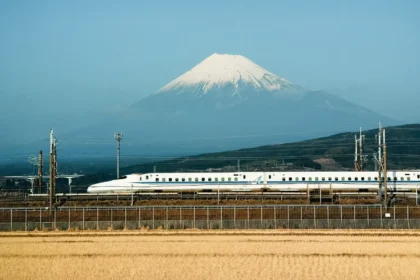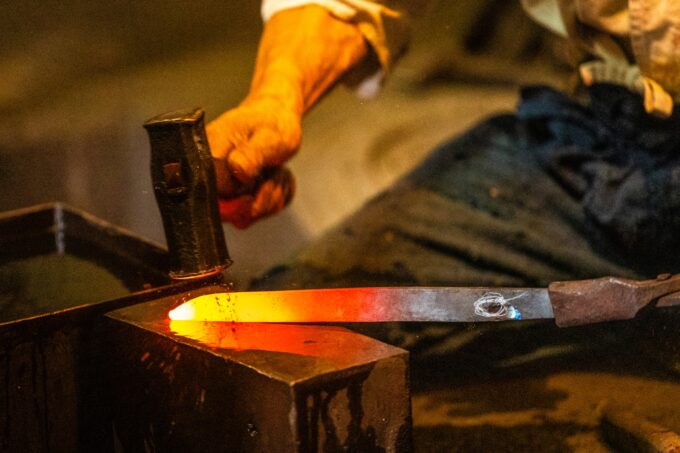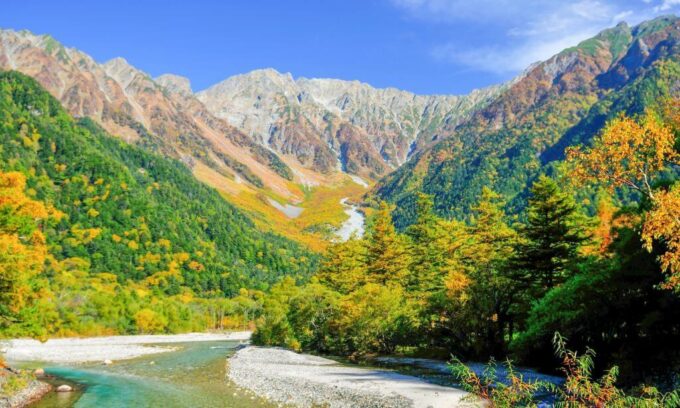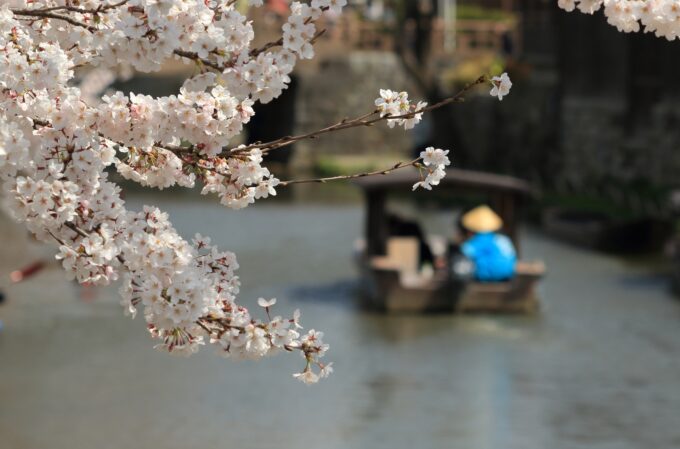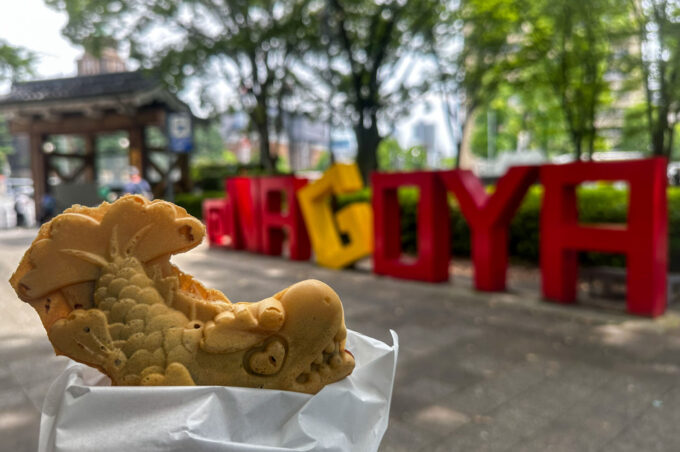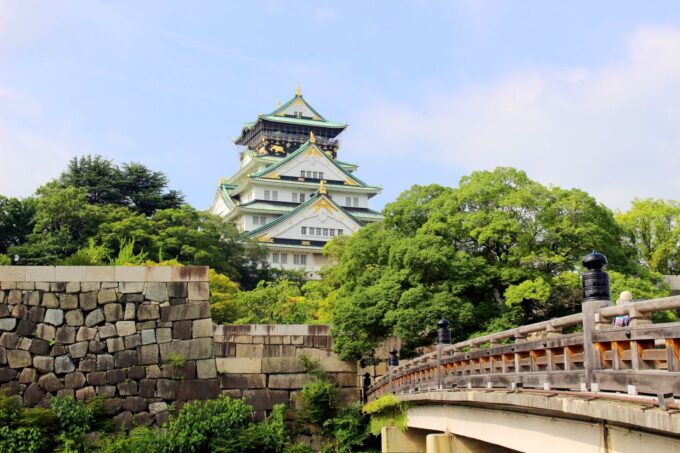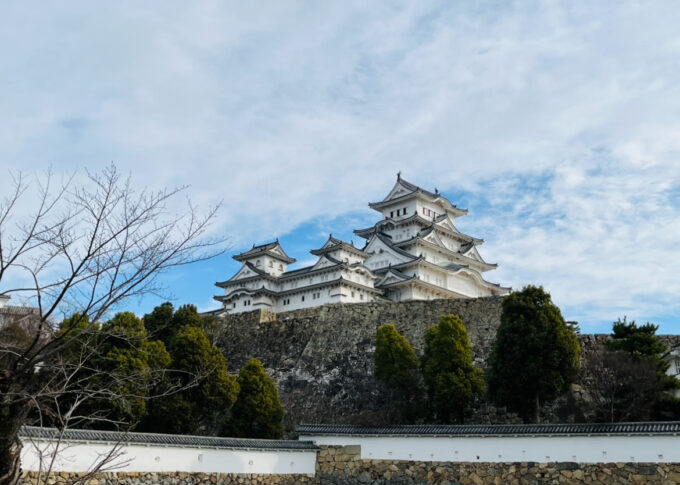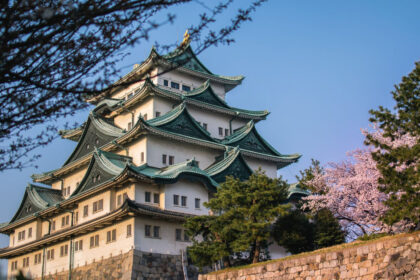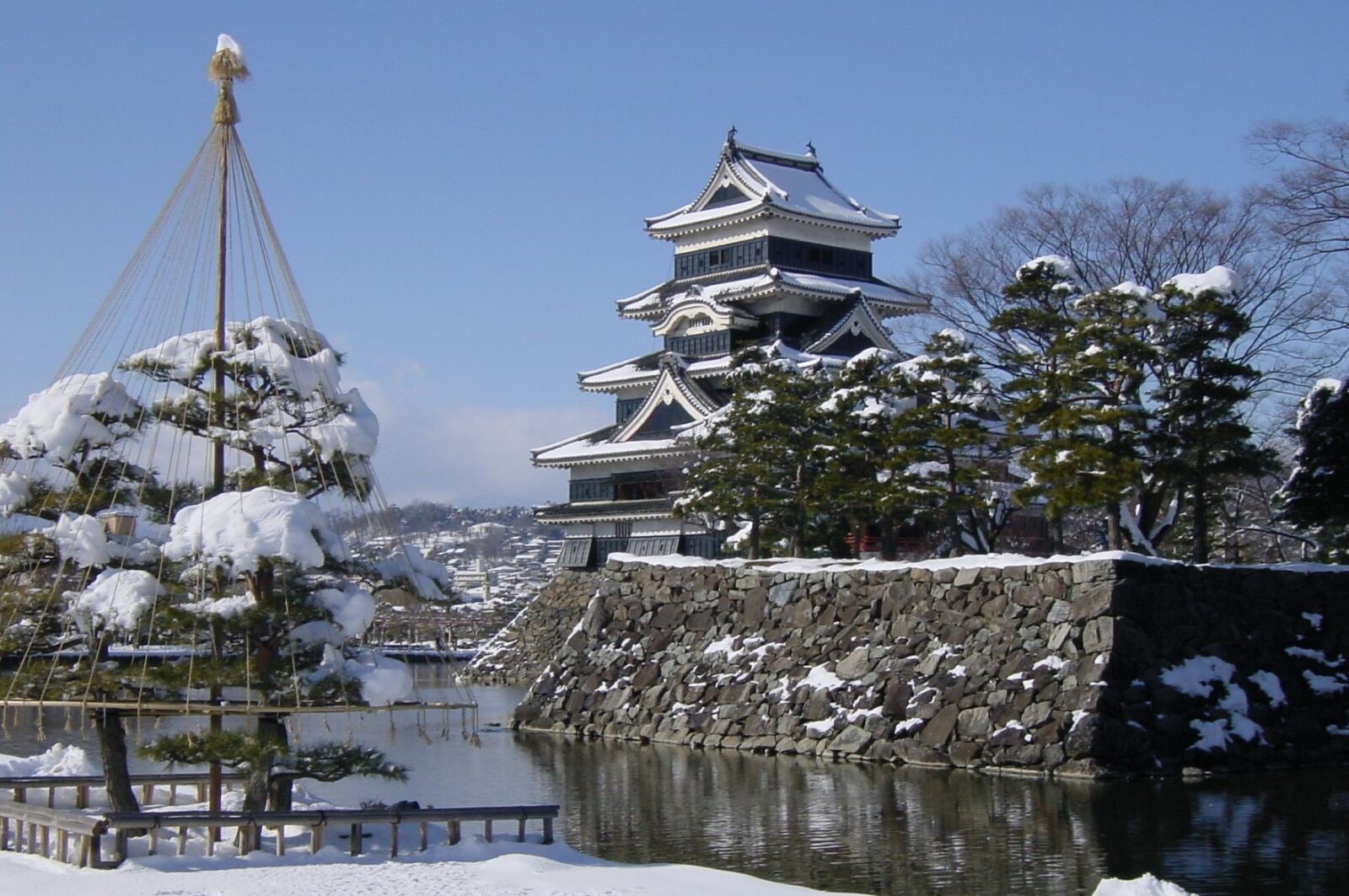
How Many Castles Are There in Japan?
At one point there were around 50,000 castles in Japan. Today, only roughly 200 of those castles remain—only twelve of which still retain their original castle keep ("Tenshou" in Japanese), while the others are reconstructions.
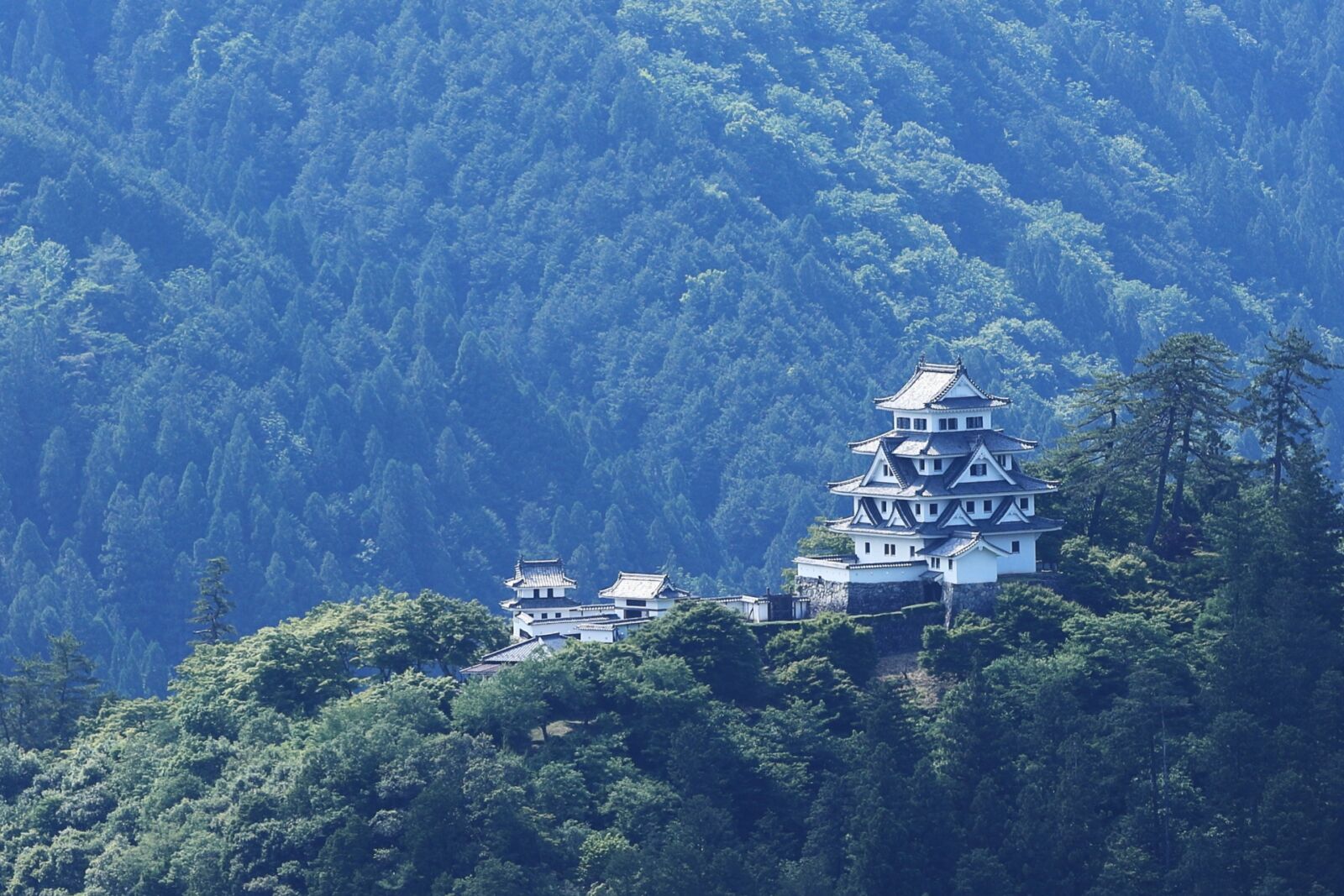
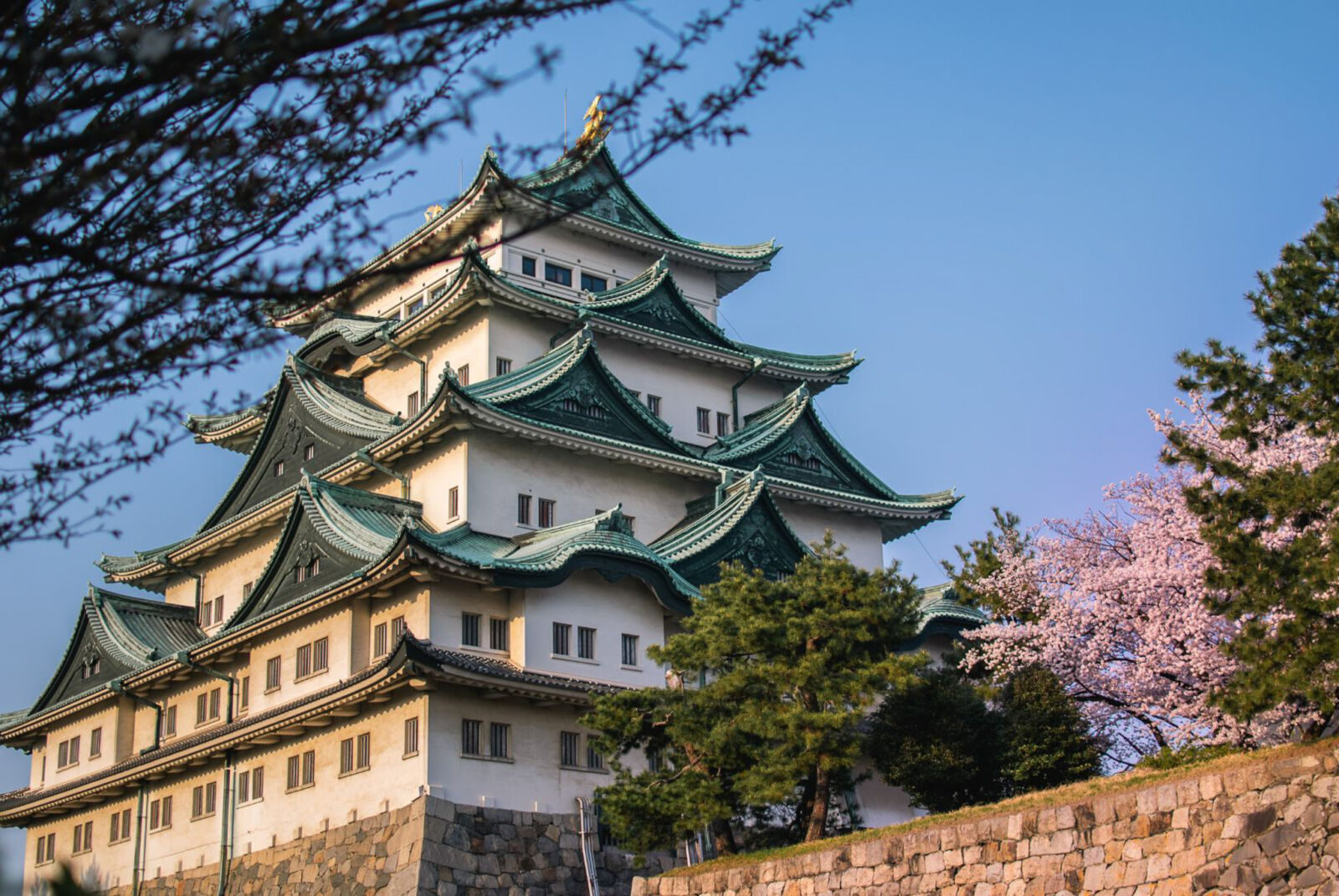
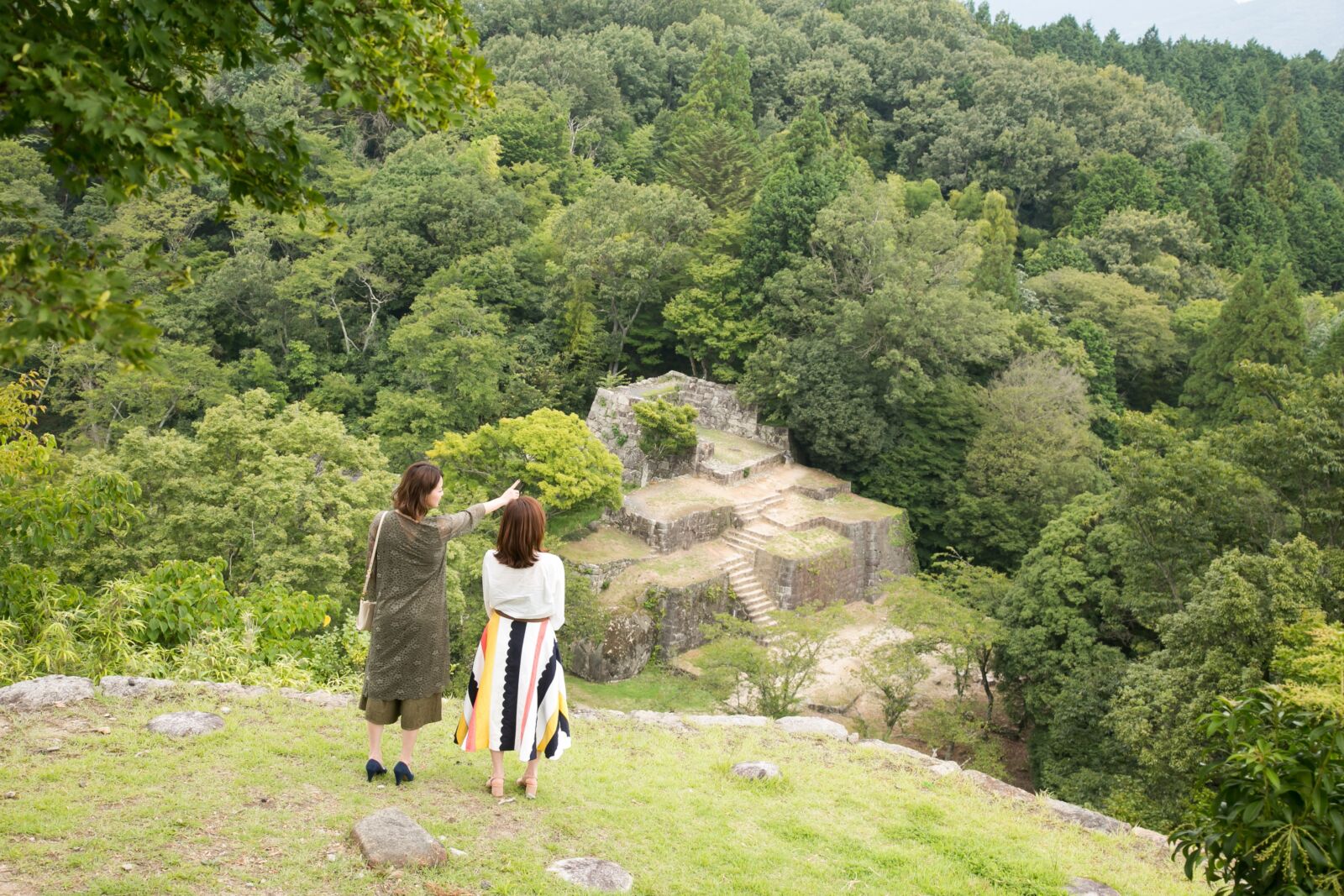
The twelve original castles include Hirosaki Castle, Maruoka Castle, Matsumoto Castle, Inuyama Castle, Hikone Castle, Himeji Castle, Bitchu Matsuyama Castle, Matsue Castle, Marugame Castle, Kochi Castle, Matsuyama Castle, and Uwajima Castle.
Among them, the "Tenshou" of Himeji Castle (Hyogo Prefecture), Hikone Castle (Shiga Prefecture), Matsumoto Castle (Nagano Prefecture), Matsue Castle (Shimane Prefecture), and Inuyama Castle (Aichi Prefecture) are designated as national treasures.
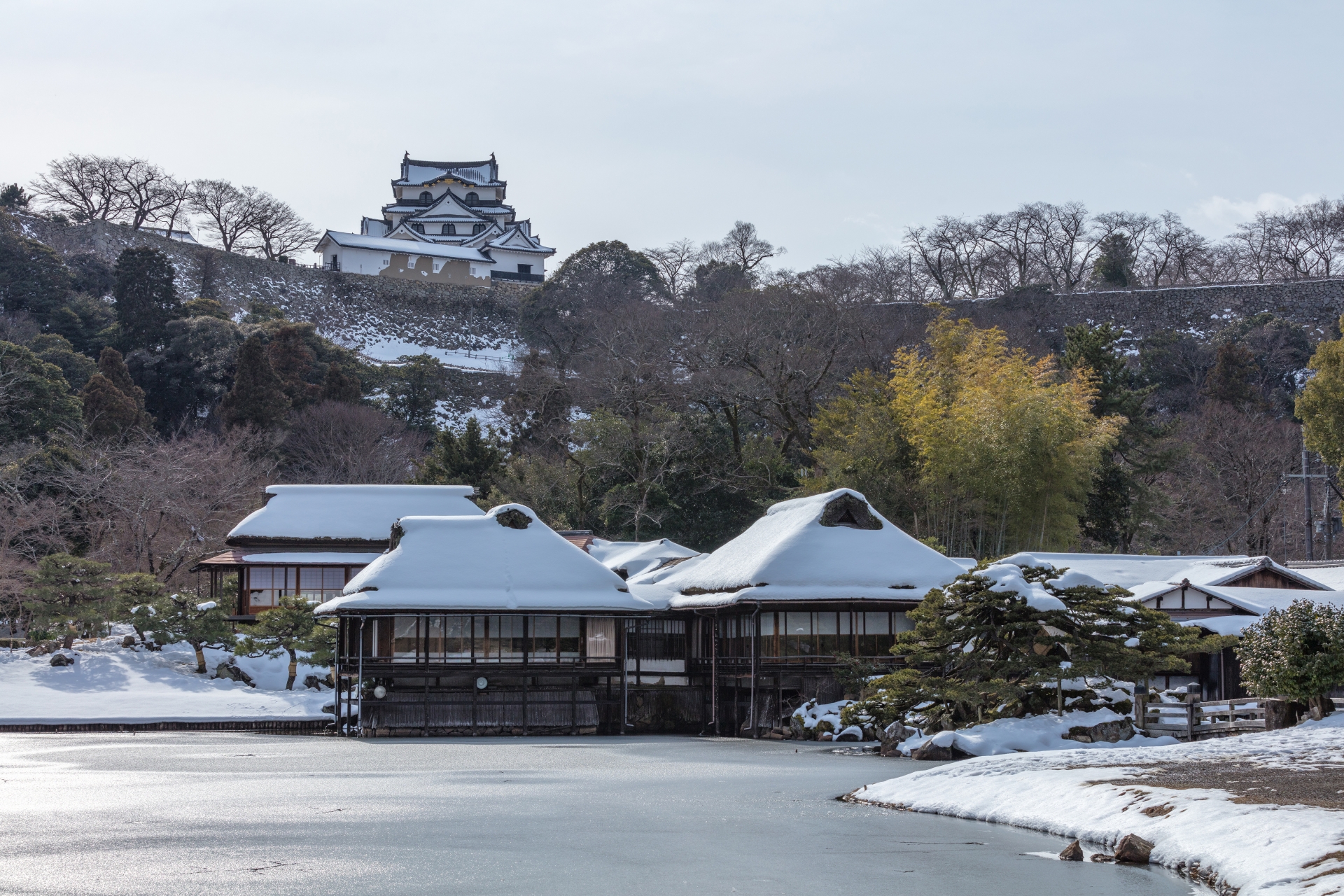
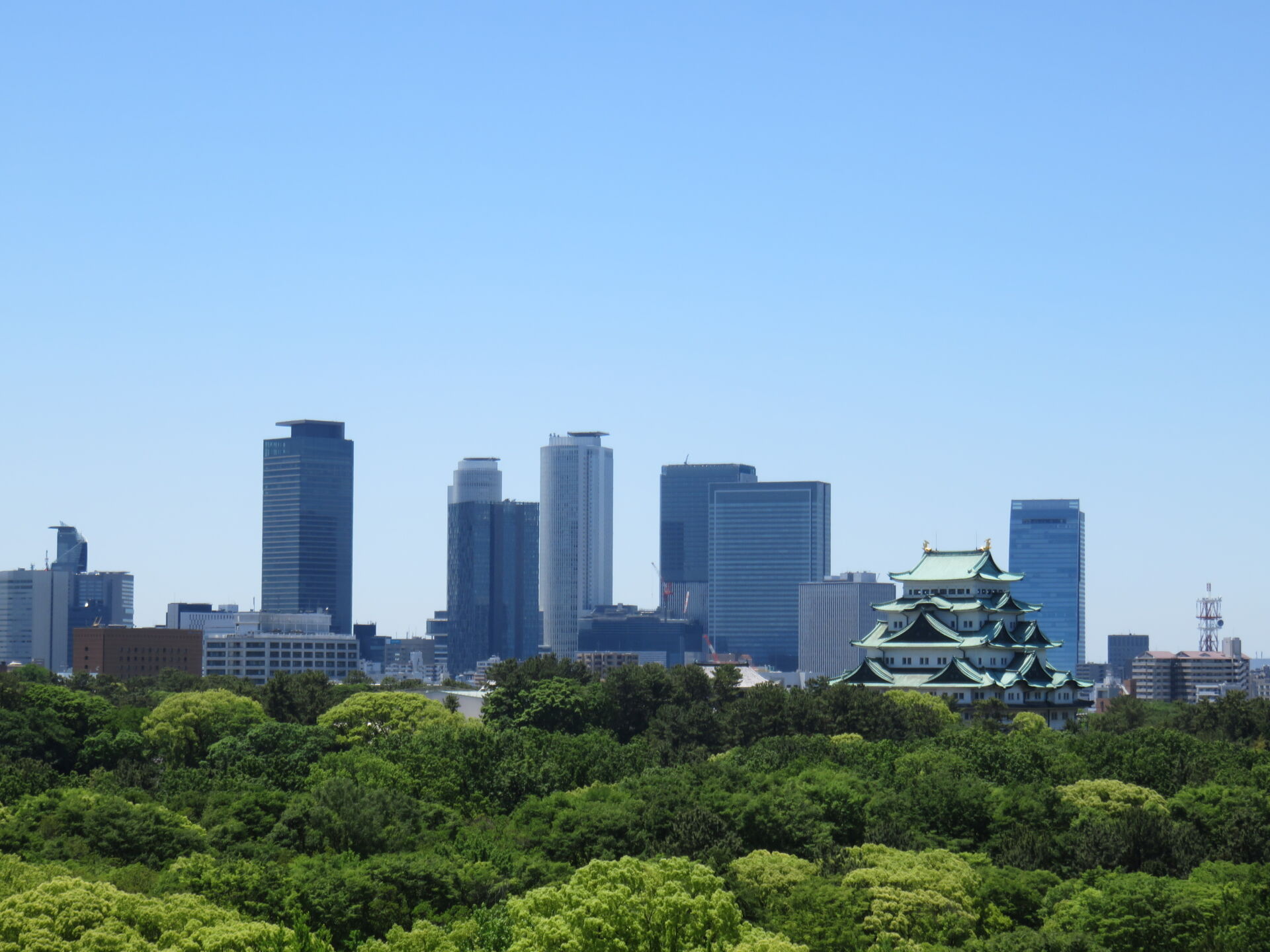
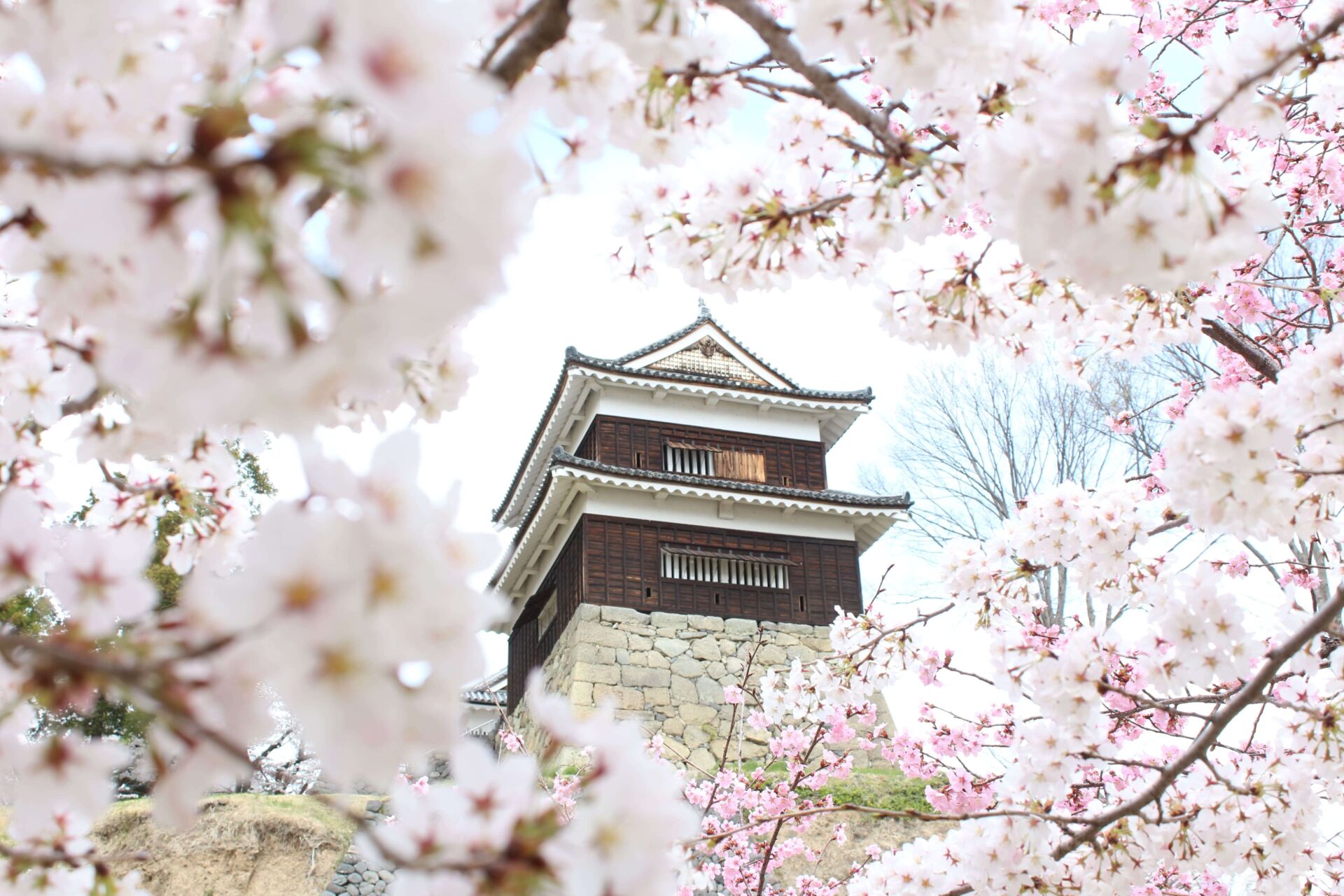
Many of Japan’s castles were demolished due to the "One Country, One Castle Ordinance" of the Edo Shogunate and the "Castle Deconstruction Order" of the Meiji government. This makes travel to any of the 200 castles a significant experience. That being said, there are some castles which are more impressive than others when it comes to architecture, location, or historical significance:
Must-See Castles in Japan
We’ve created a list of the best castles in Japan for international visitors—especially those who enjoy history. Visitors should be aware that many Japanese castles, especially original castles such as Inuyama and Matsumoto, have very steep staircases and are not fully accessible for travelers with limited mobility.
Inuyama Castle
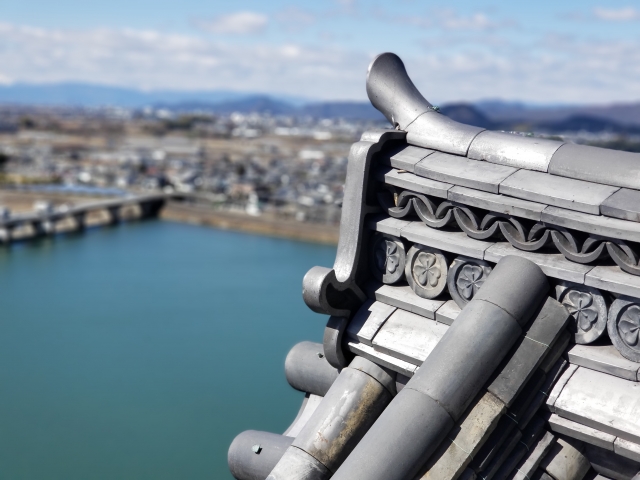
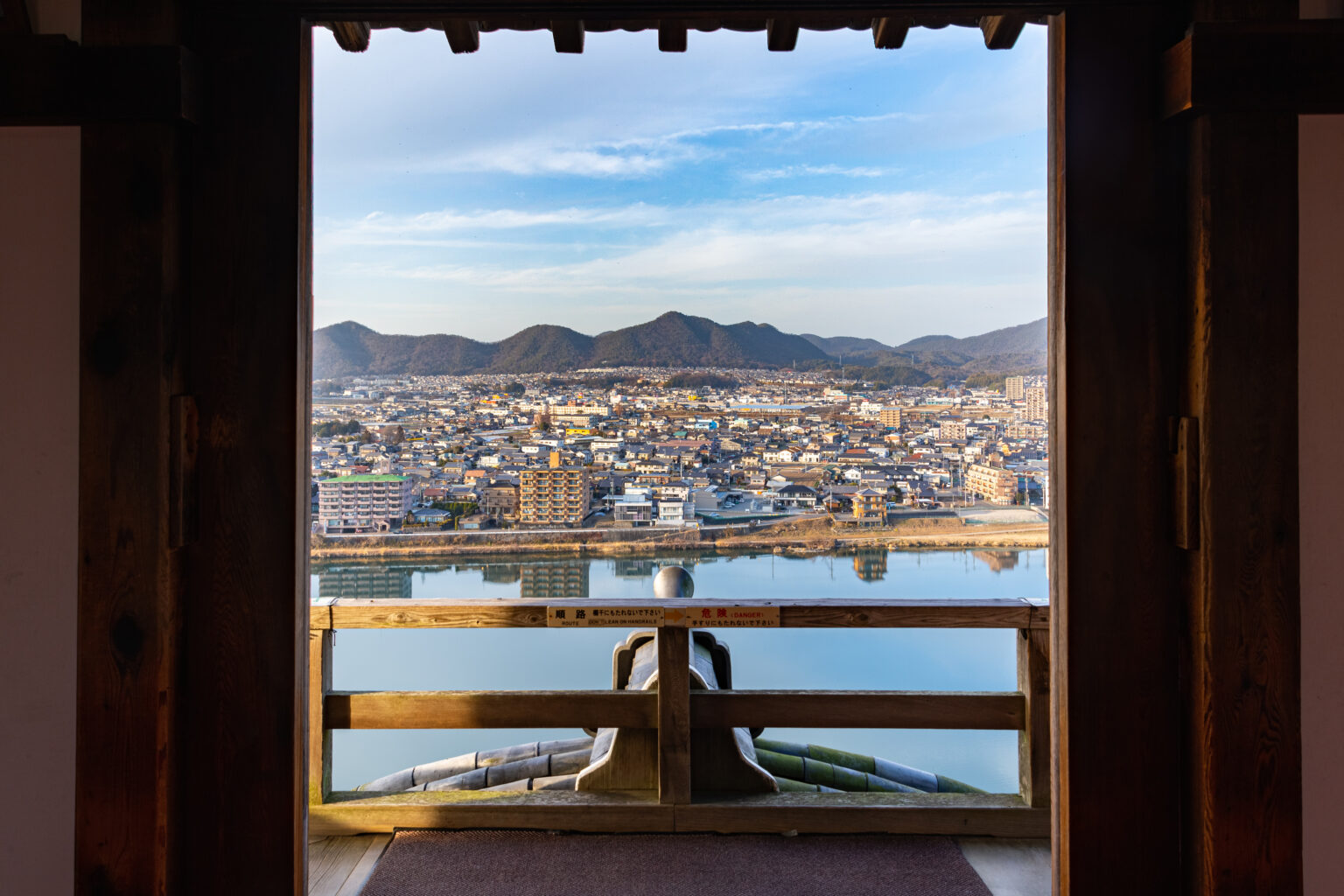
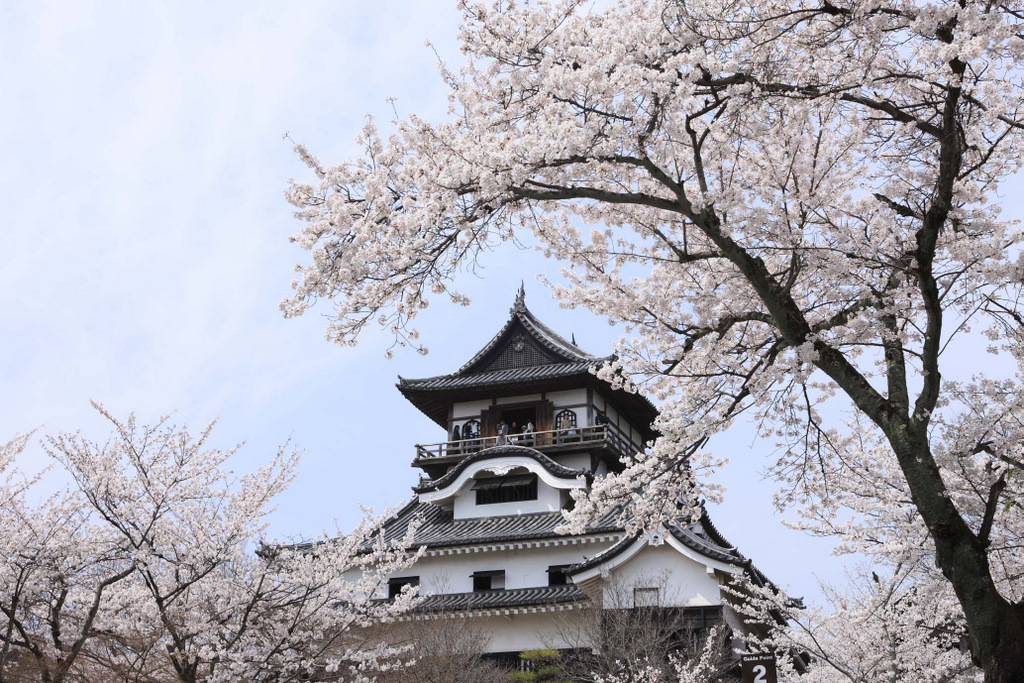
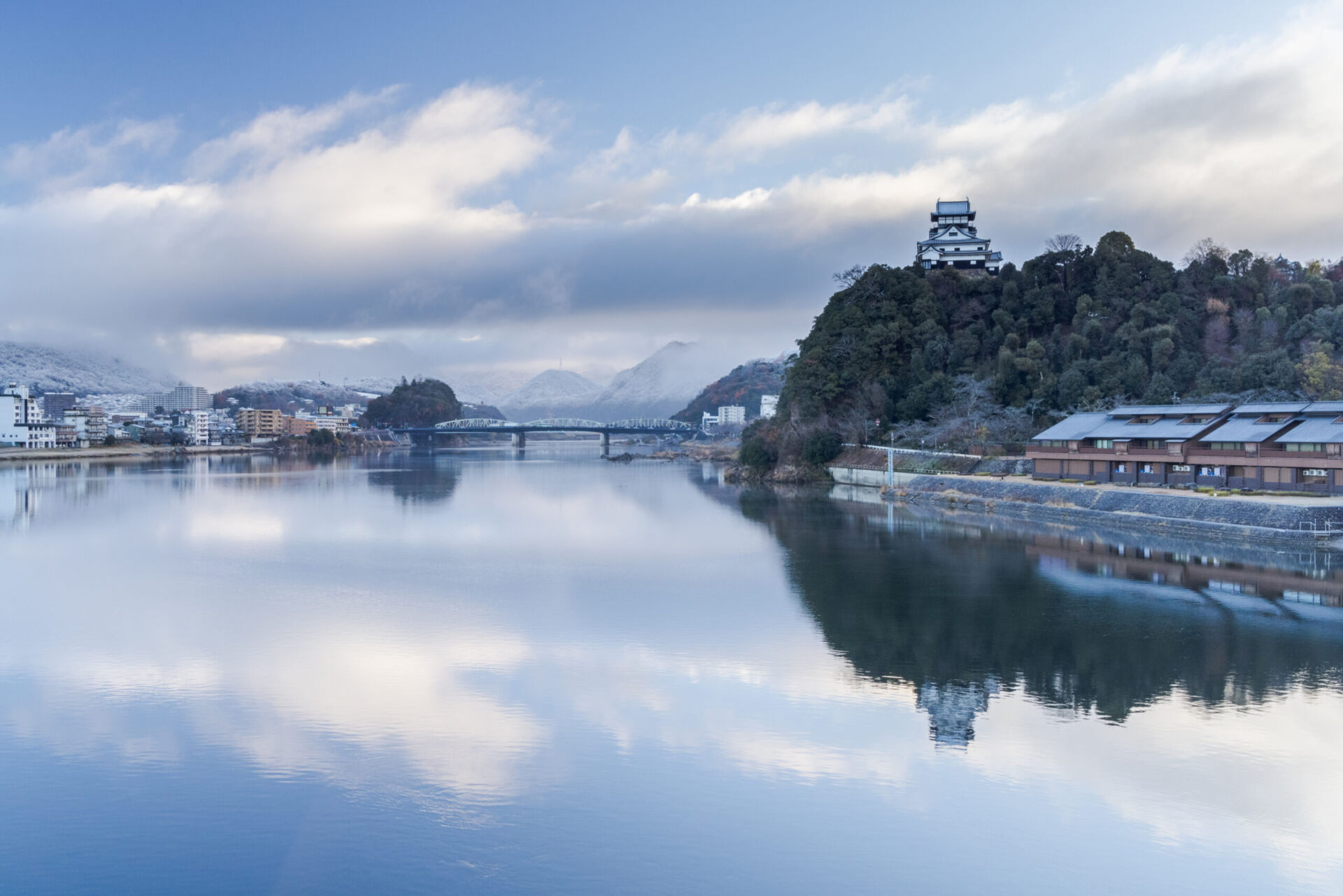
Constructed in 1537, Inuyama Castle is one of Japan’s twelve remaining castles and the oldest original wooden castle in Japan today. Inuyama is also one of only five castles to have been designated the status of a National Treasure (along with Hikone, Matsumoto, Himeji, and Matsue castles). And of those National Treasure castles, Inuyama Castle is the only one where you can venture out onto the cornice and observe a beautiful 360-degree view of the surroundings. Overlooking the Kiso River, the surrounding view of the castle changes dramatically with the seasons.
1-Day Tour from Nagoya: Samurai Swords and Japan's Oldest Castle
- Spots:
- Pick-up:
- Drop-off:
Matsumoto Castle
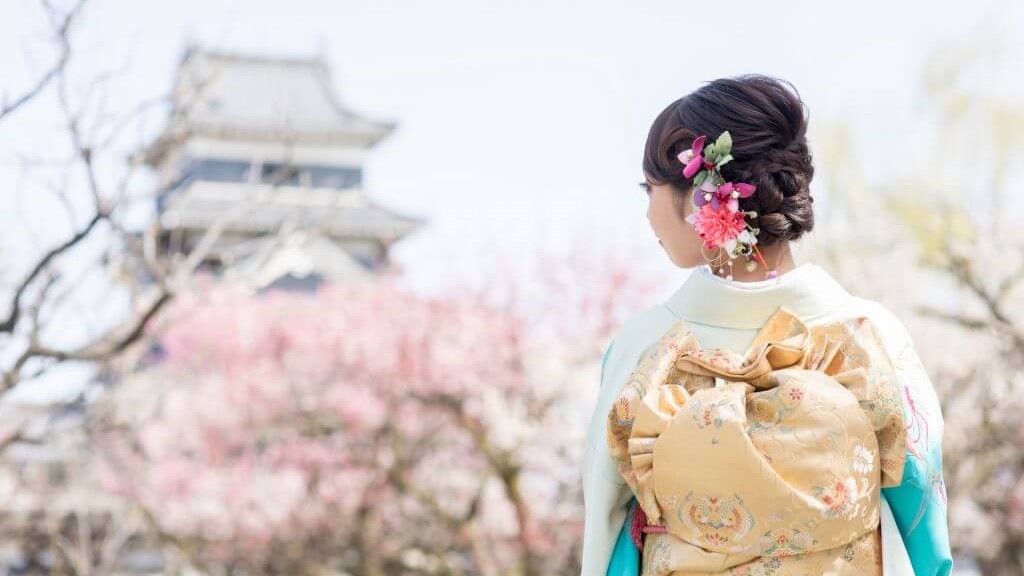
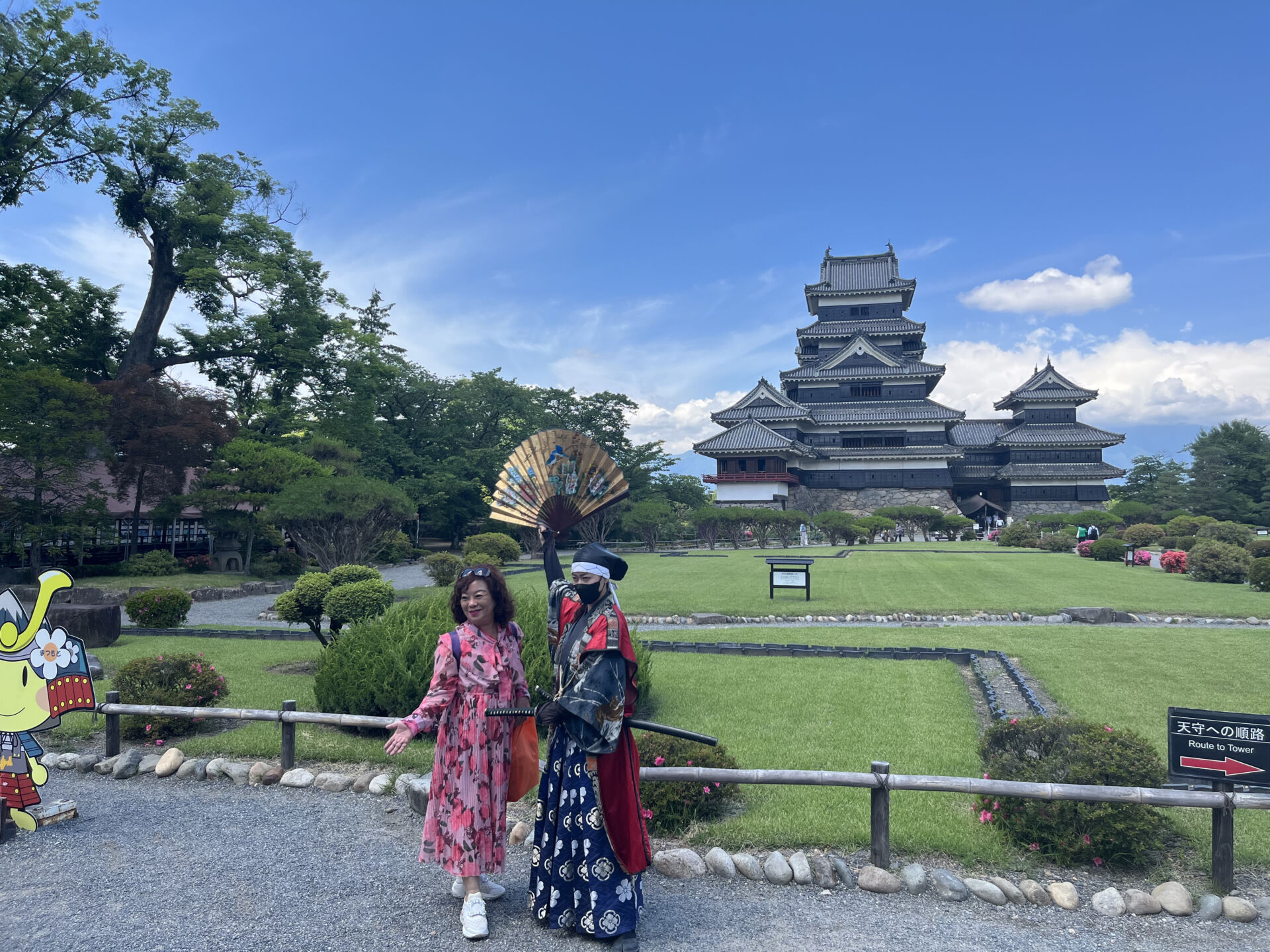
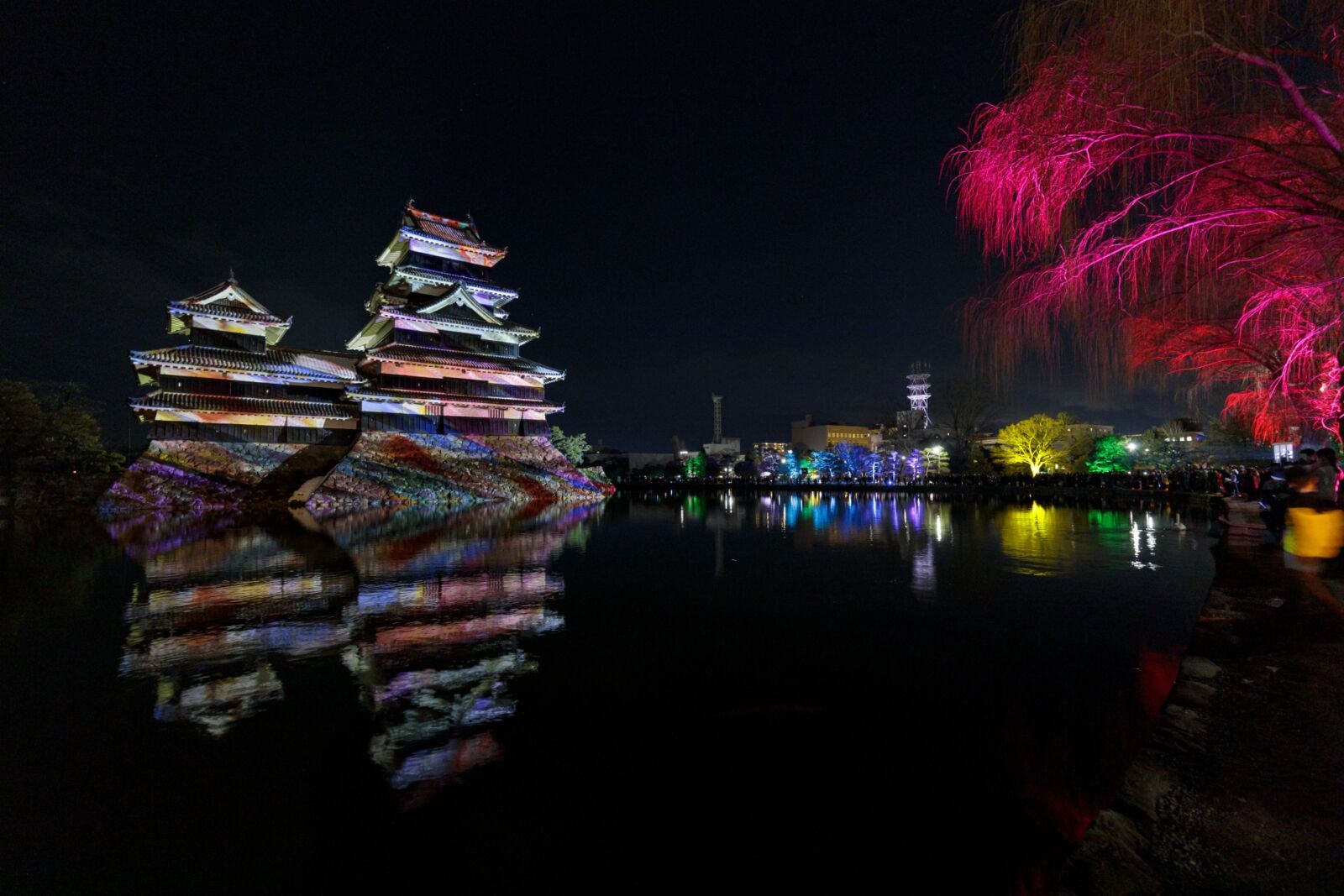
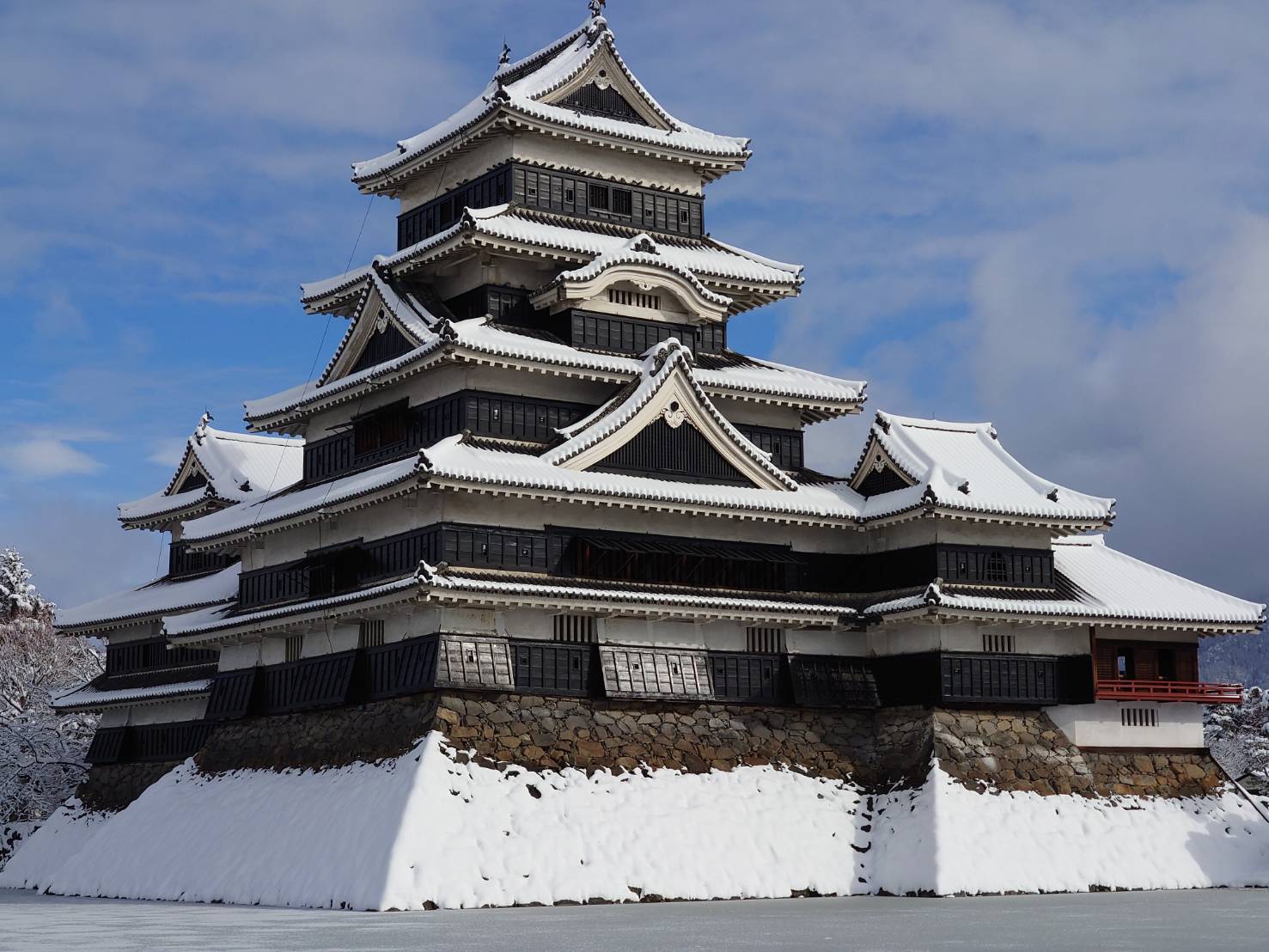
Set against the impressive backdrop of the Northern Alps and standing around 30 meters tall, the black and white facade of Matsumoto Castle makes for an impressive sight.
Matsumoto Castle is one of Japan’s twelve original castles—dating back to the end of the Warring States Period. Constructed mostly in the 1590’s, the existing building retains much of its original structure including the imposing stone foundation walls. One of the most beautiful historic buildings in Japan, it is one of only two 6-storey castles remaining today.
Best Selling
1-Day Tour from Nagano and Matsumoto: Kamikochi & Matsumoto Castle
- Spots:
- Pick-up:
- Drop-off:
Hikone Castle
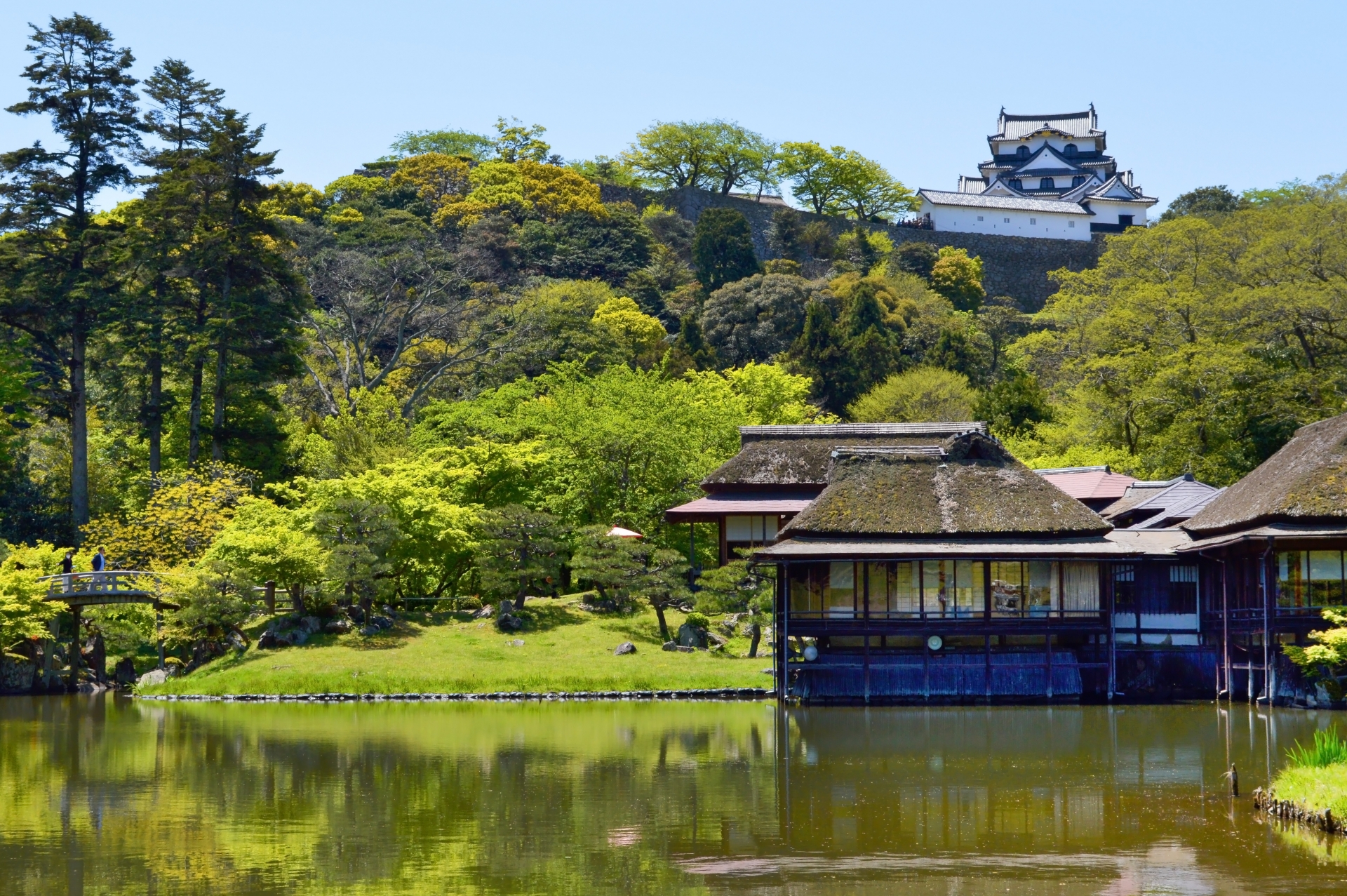
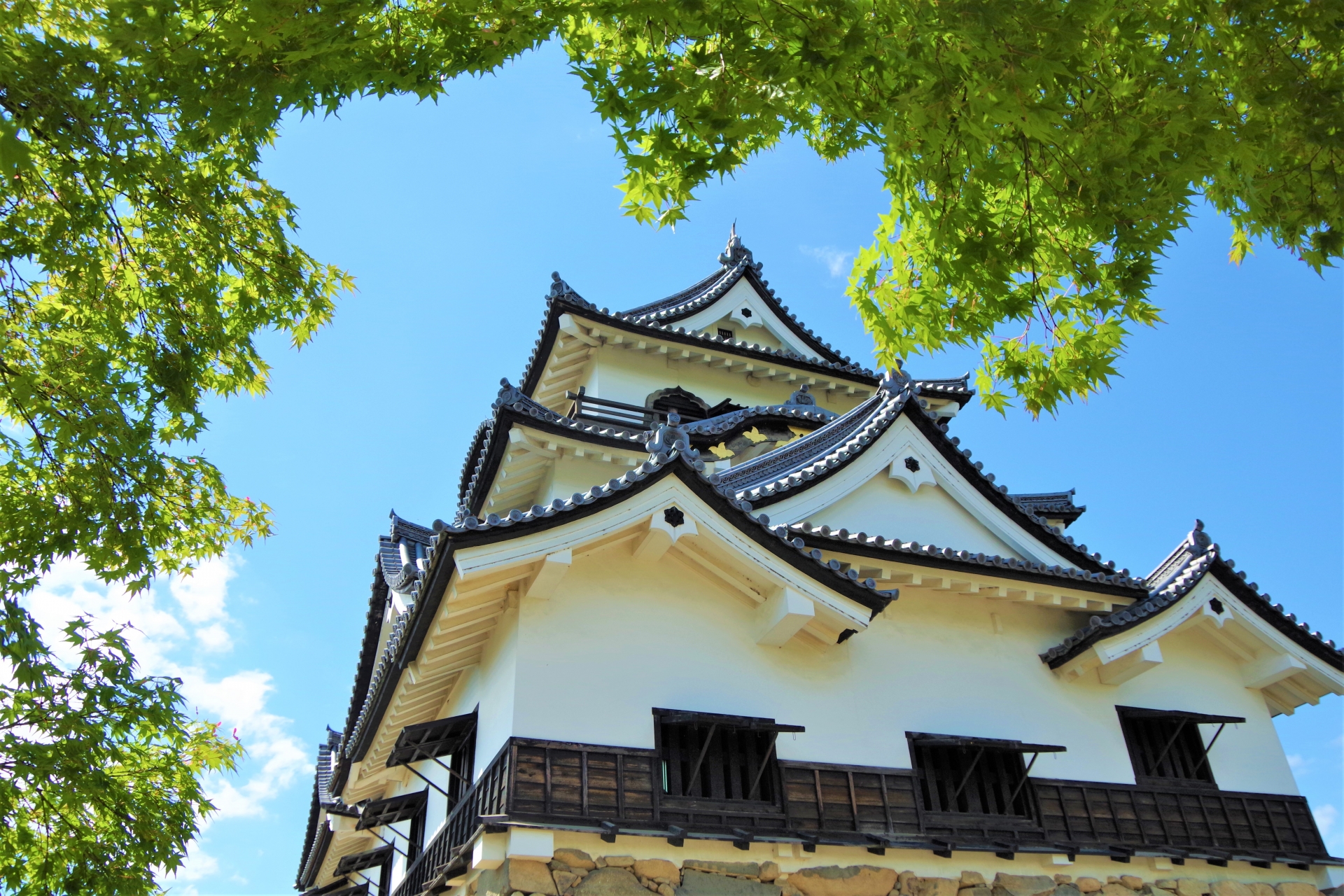
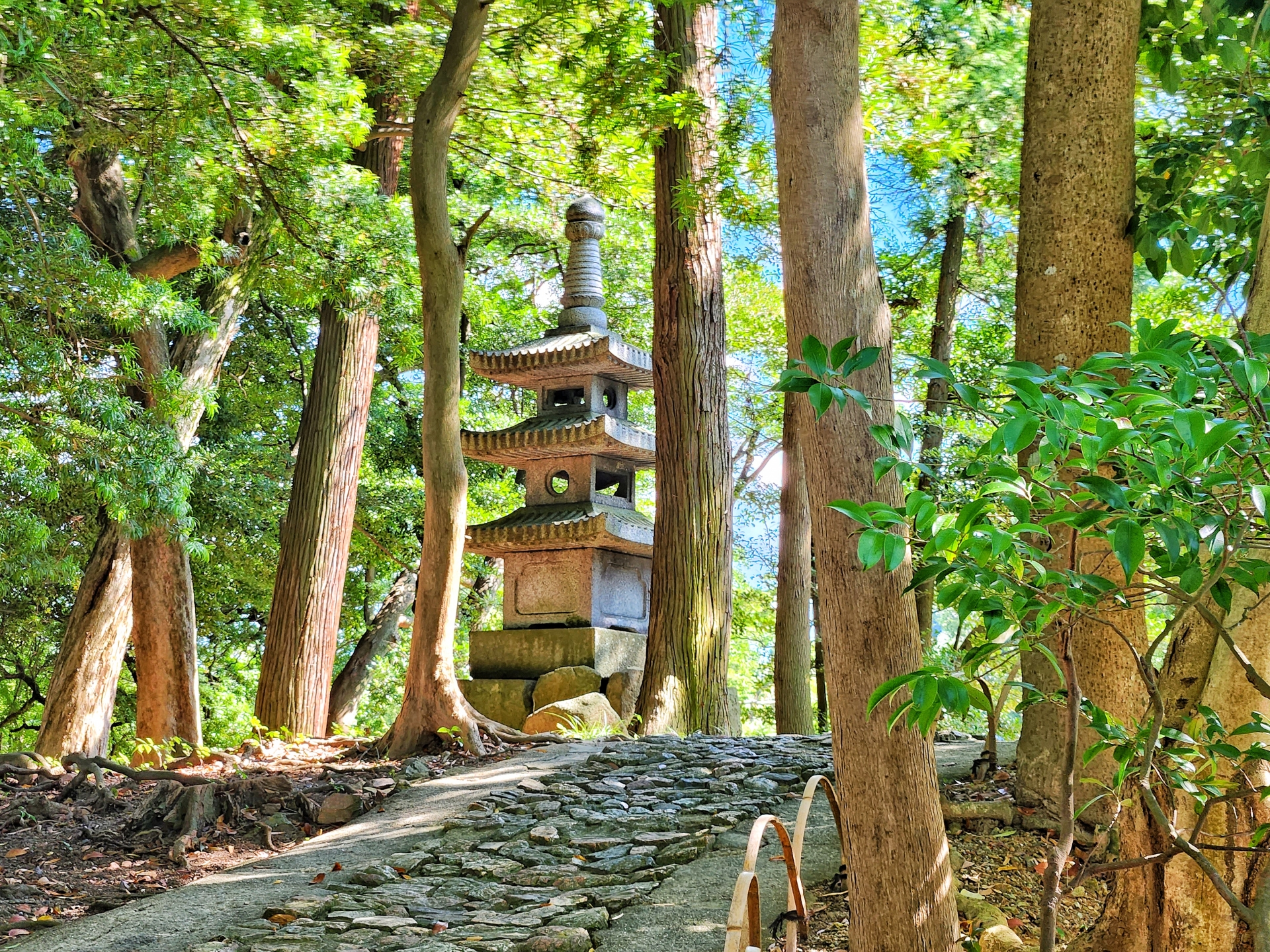
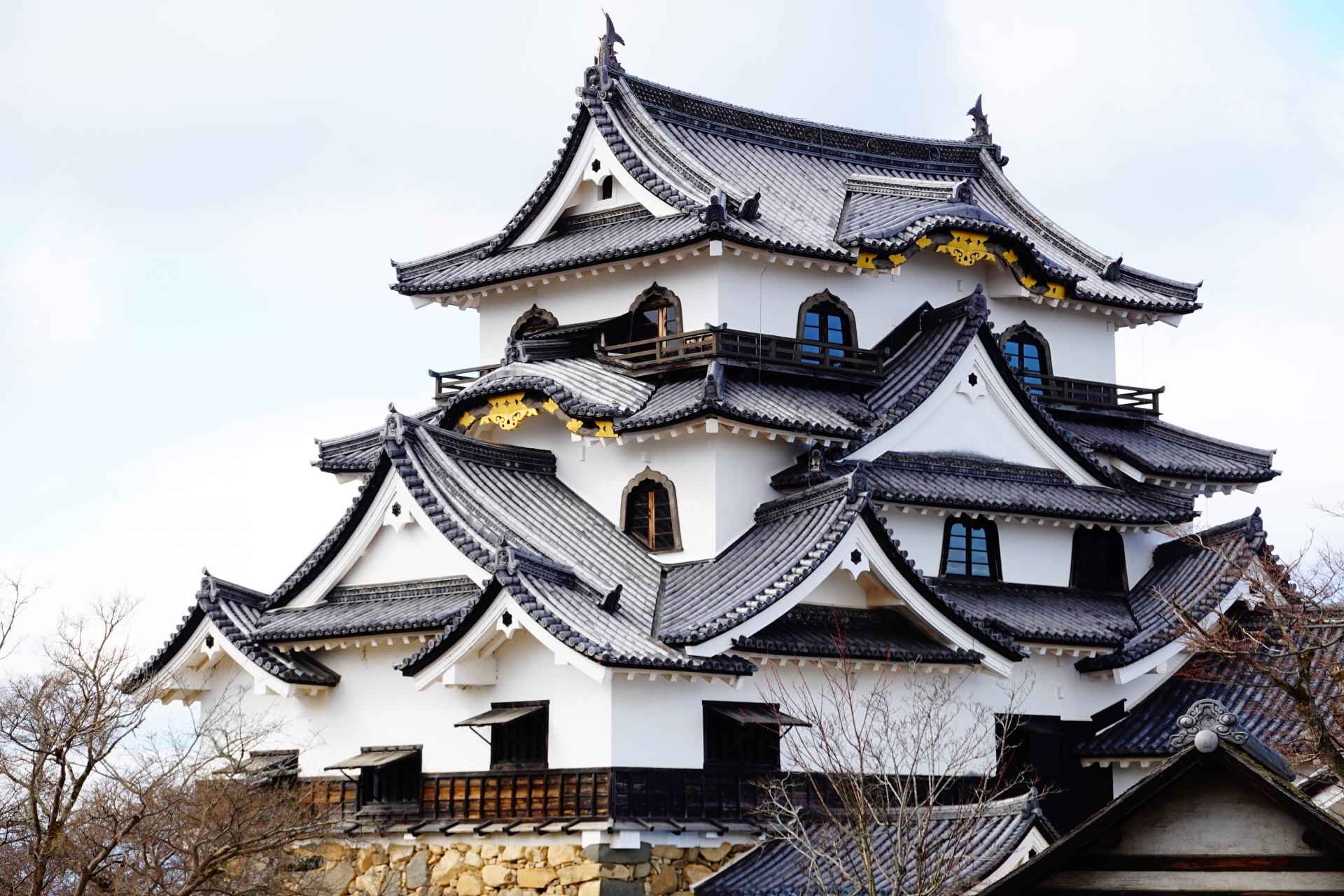
Built in 1622, Hikone Castle is one of the twelve Japanese castles that still retain their original keeps. Additionally, Hikone Castle is one of only five castles to have been designated the status of a National Treasure (along with Inuyama, Matsumoto, Himeji, and Matsue castles).
The three-story castle keep combines multiple different architecture styles and is particularly attractive in the spring when the 1200 cherry blossom trees surrounding the castle bloom. Nicknamed “the Water Castle,” Hikone Castle once stood along the shores of Lake Biwa and was originally encircled by a triple moat—which remains today as a double moat.
1-Day Tour from Nagoya: Castles and Canals in Hikone and Omi Hachiman
- Spots:
- Pick-up:
- Drop-off:
Nagoya Castle
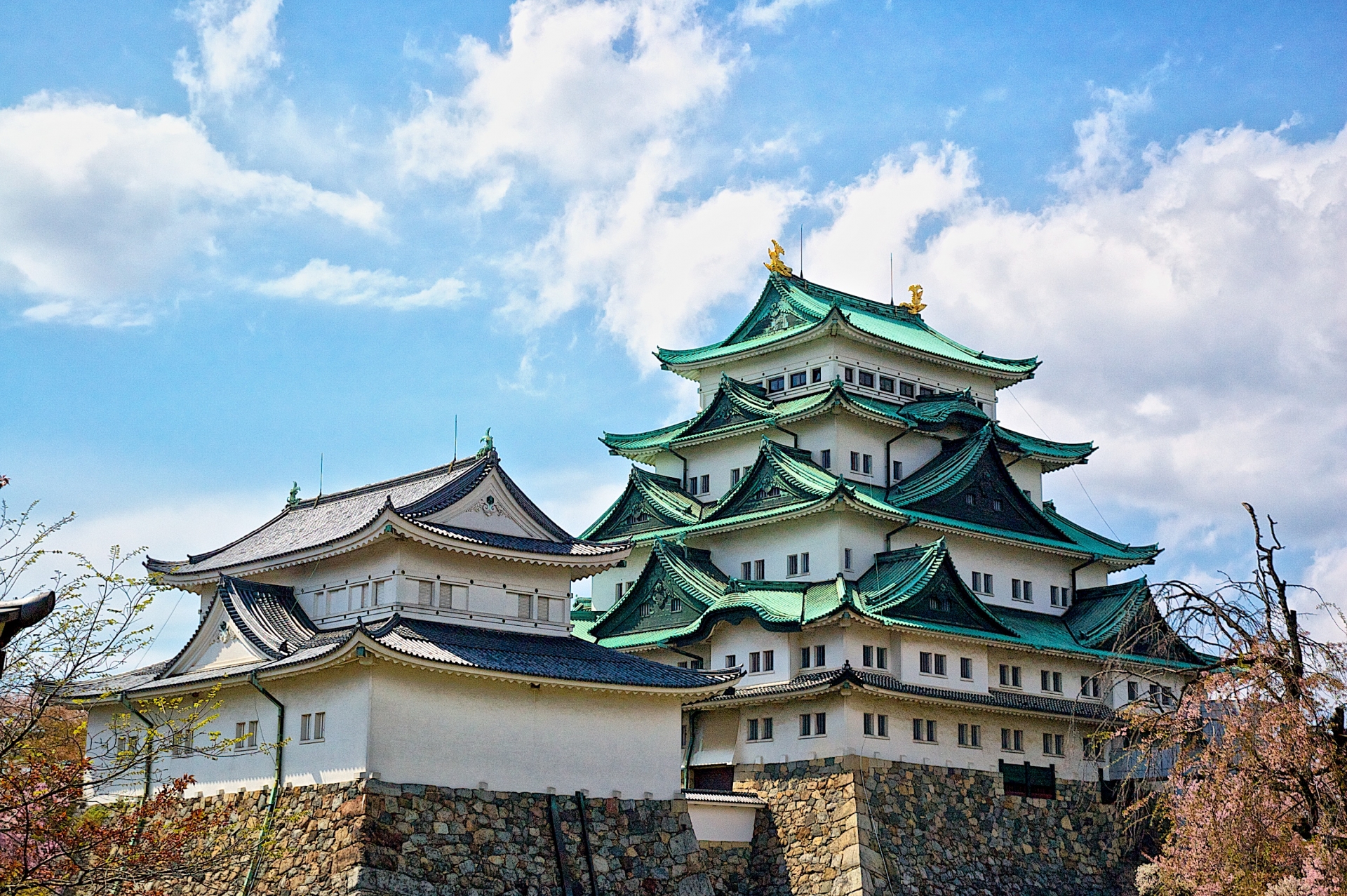
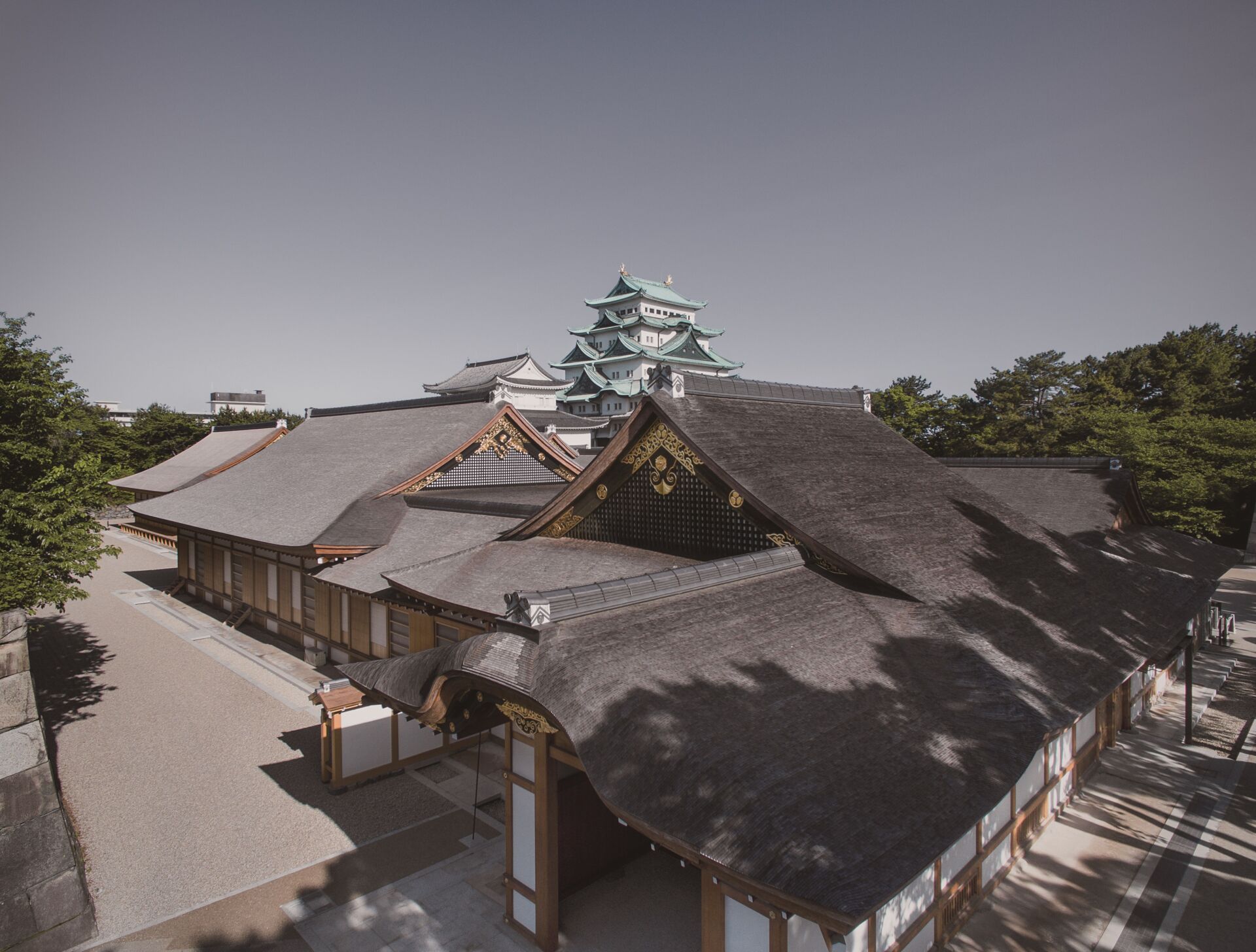
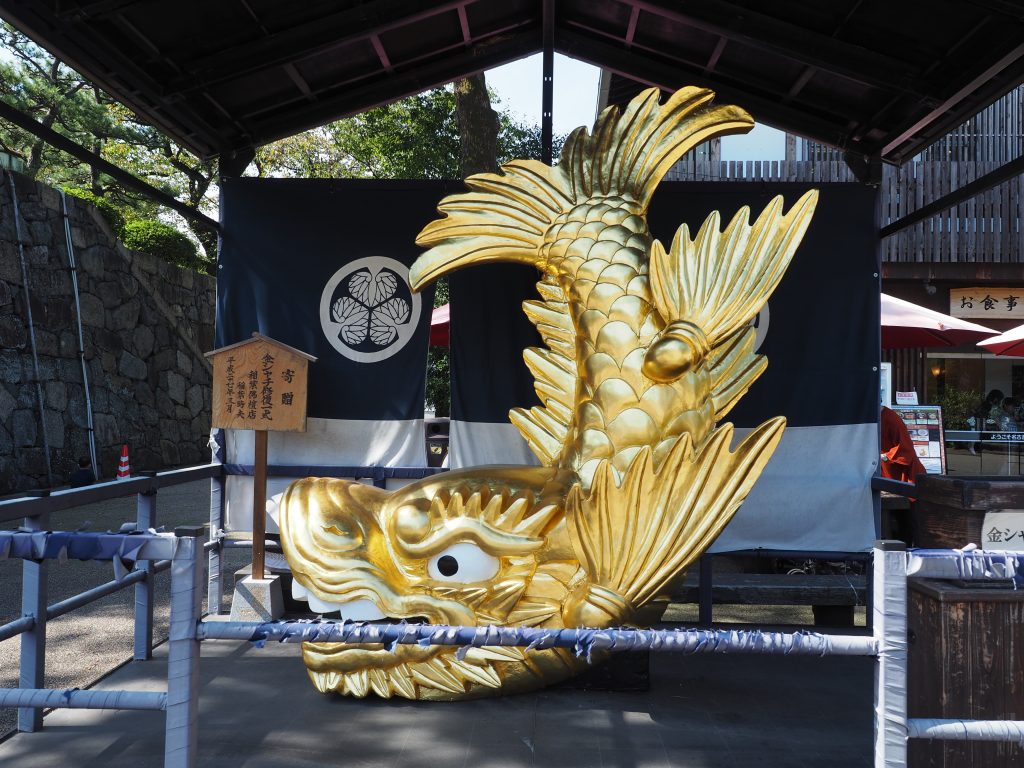

Nagoya Castle is a must for history lovers. The castle (and city of Nagoya) has a connection with all three of Japan’s great unifiers. Additionally, it is surrounded by many other historically significant sites such as Kiyosu and Gifu Castles (two of Oda Nobunaga’s first castles) and Sekigahara Battlefield.
In 1610, Shogun Tokugawa Ieyasu called upon his former enemy daimyo to begin construction of the modern version of Nagoya Castle. The castle was constructed as a means of keeping an eye on the Toyotomi clan based in Osaka. It was topped with golden “shachihoko” (tiger fish) and boasted the largest floor space of any tower keep in Japan as a means of flaunting the wealth and power of the shogunate. Due to its impressive construction and historical significance, the castle, with its golden Honmaru Palace, became Japan’s first castle to be designated a National Treasure.
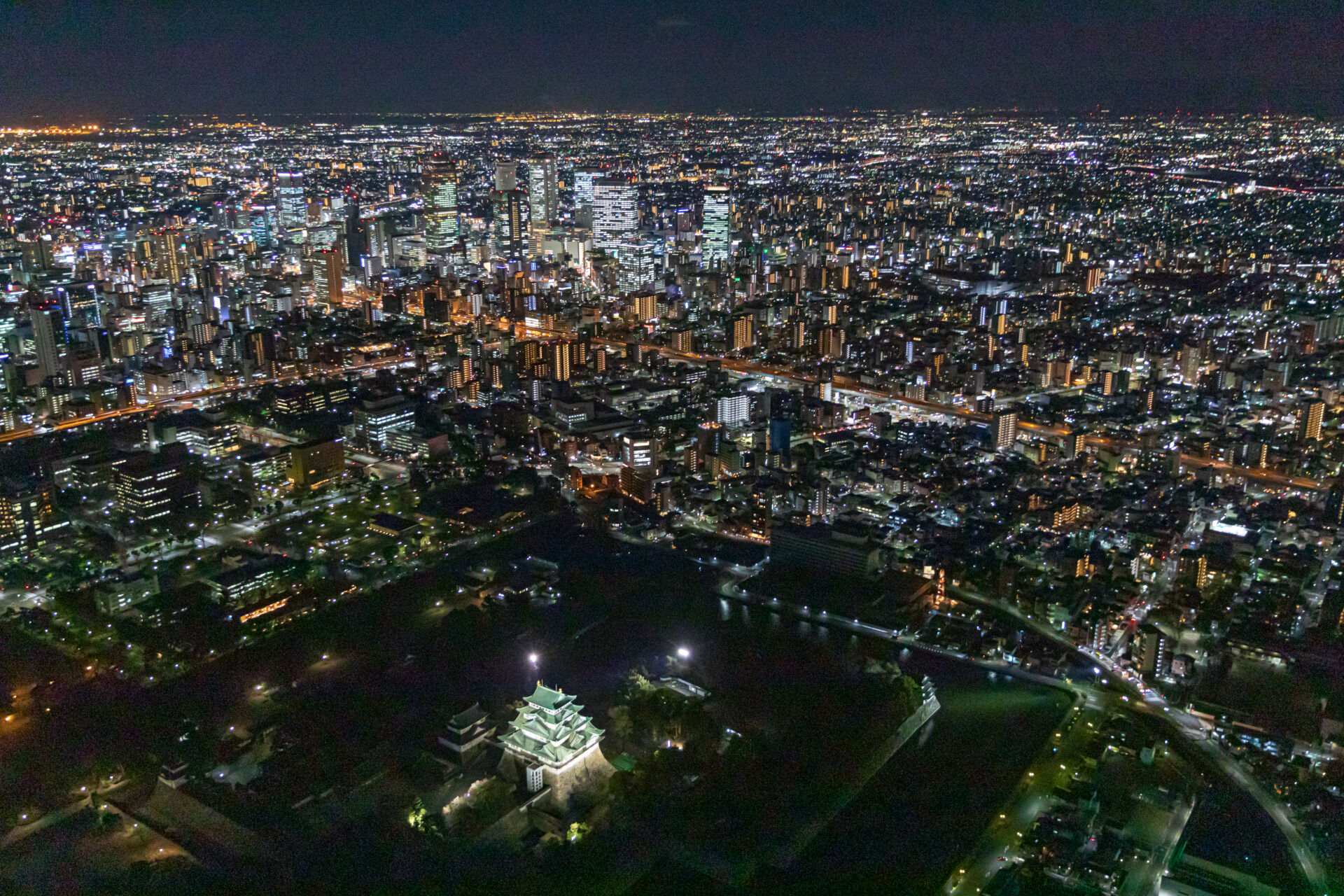
Nagoya Castle was once the heart of the city and the region. Sadly, the castle and the golden Kinshachi were largely destroyed in air raids during the Second World War, however, due to the castle’s importance, 1,047 of the gilded sliding doors, decorative screens, and ornate decorations were stored for safekeeping and therefore remain intact. The Honmaru palace has been faithfully reconstructed and today stands with some original structures, including moats, walls, and turrets, as the city’s main tourist attraction.
Osaka Castle
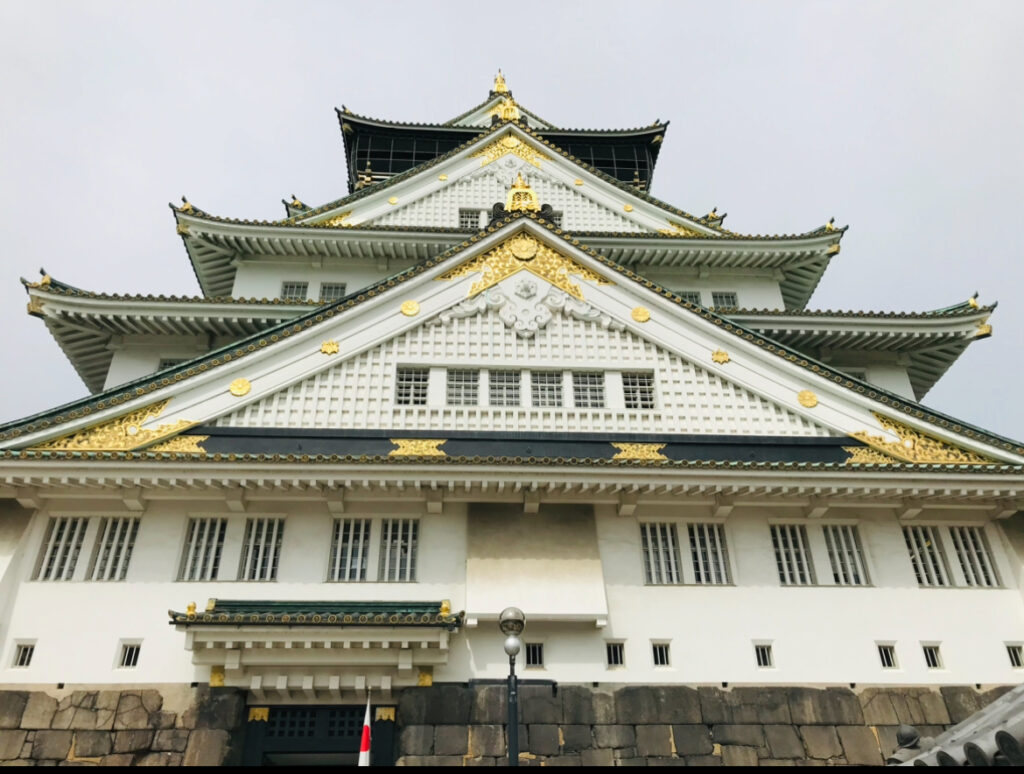
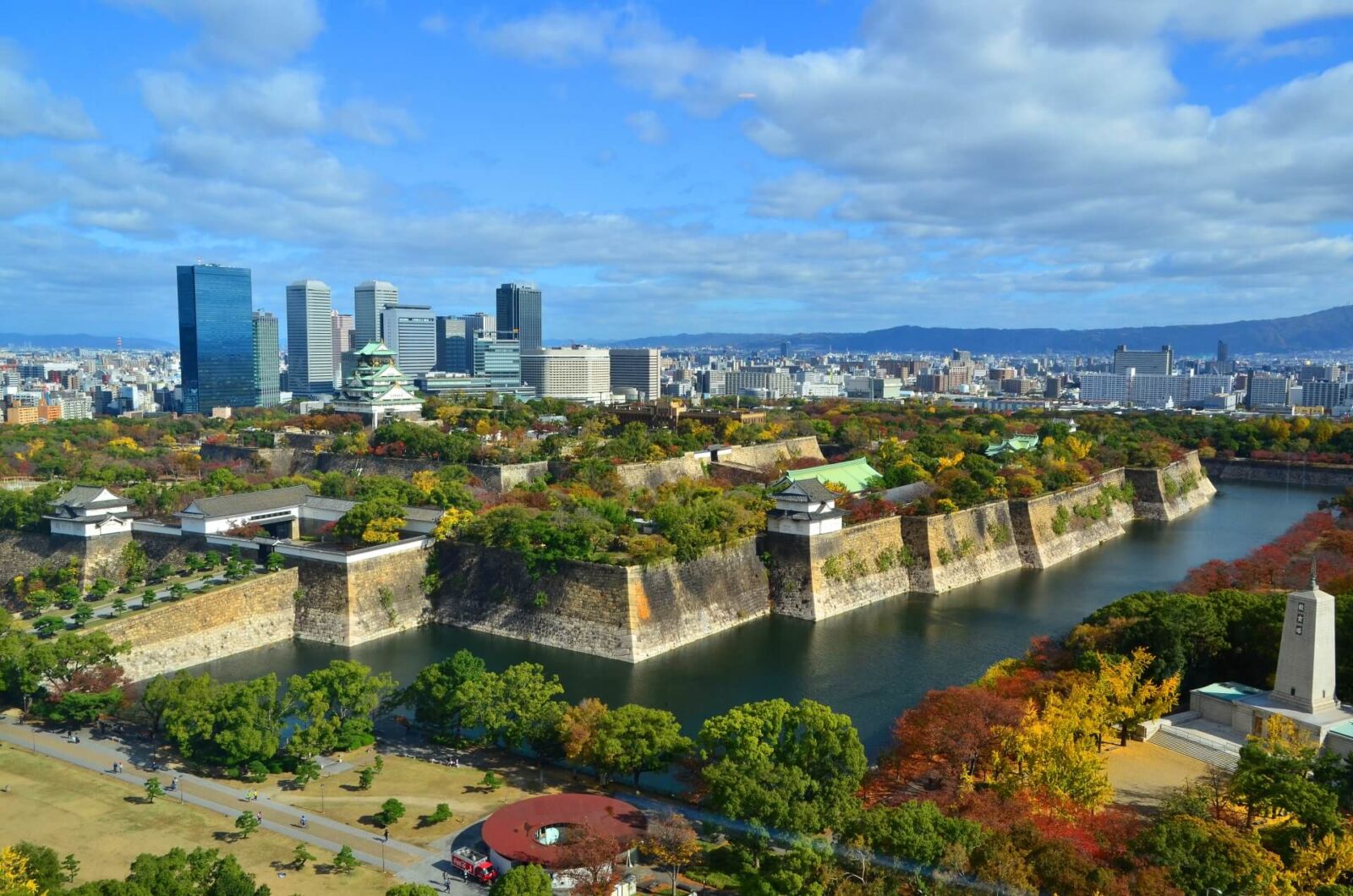
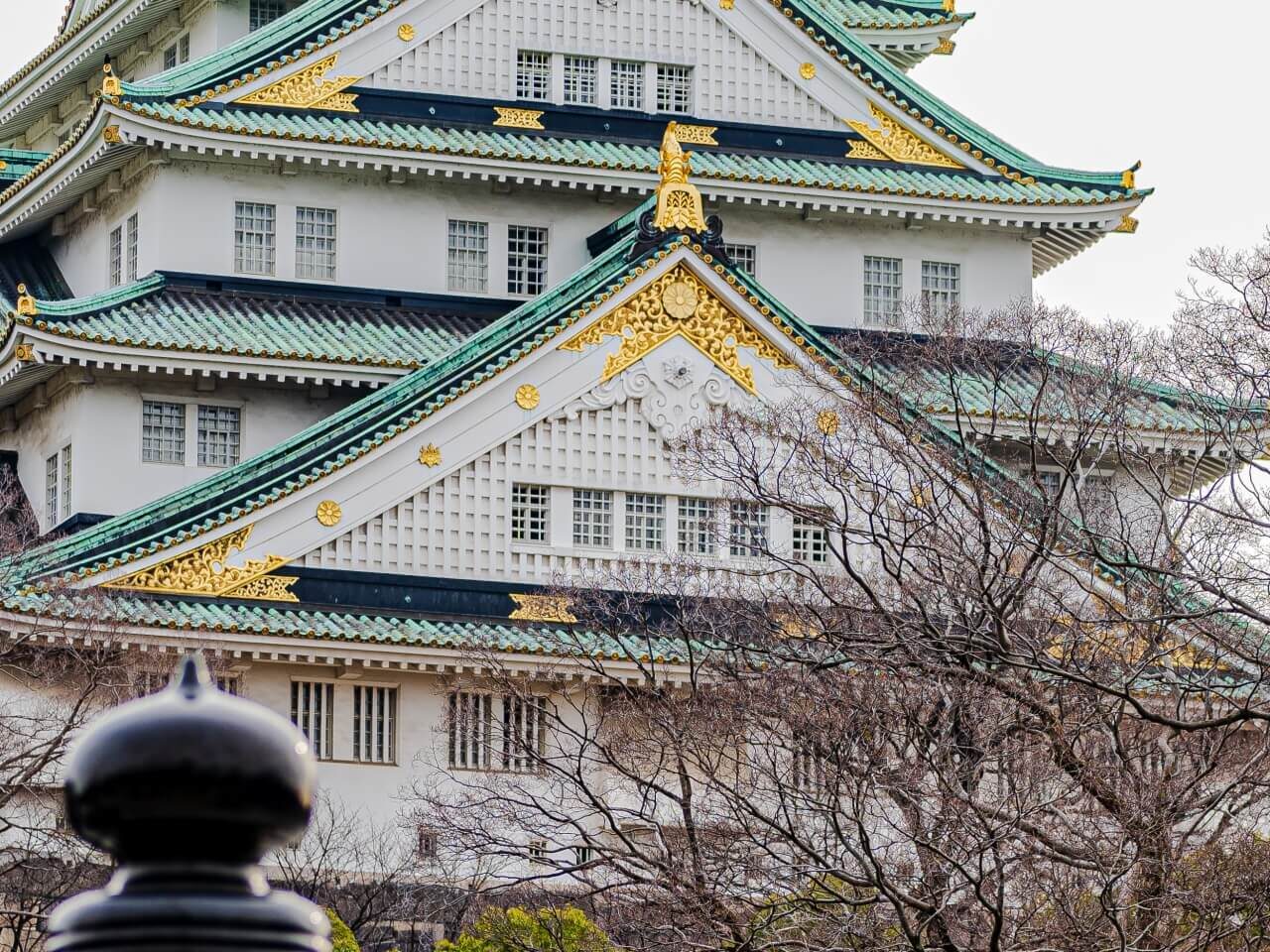
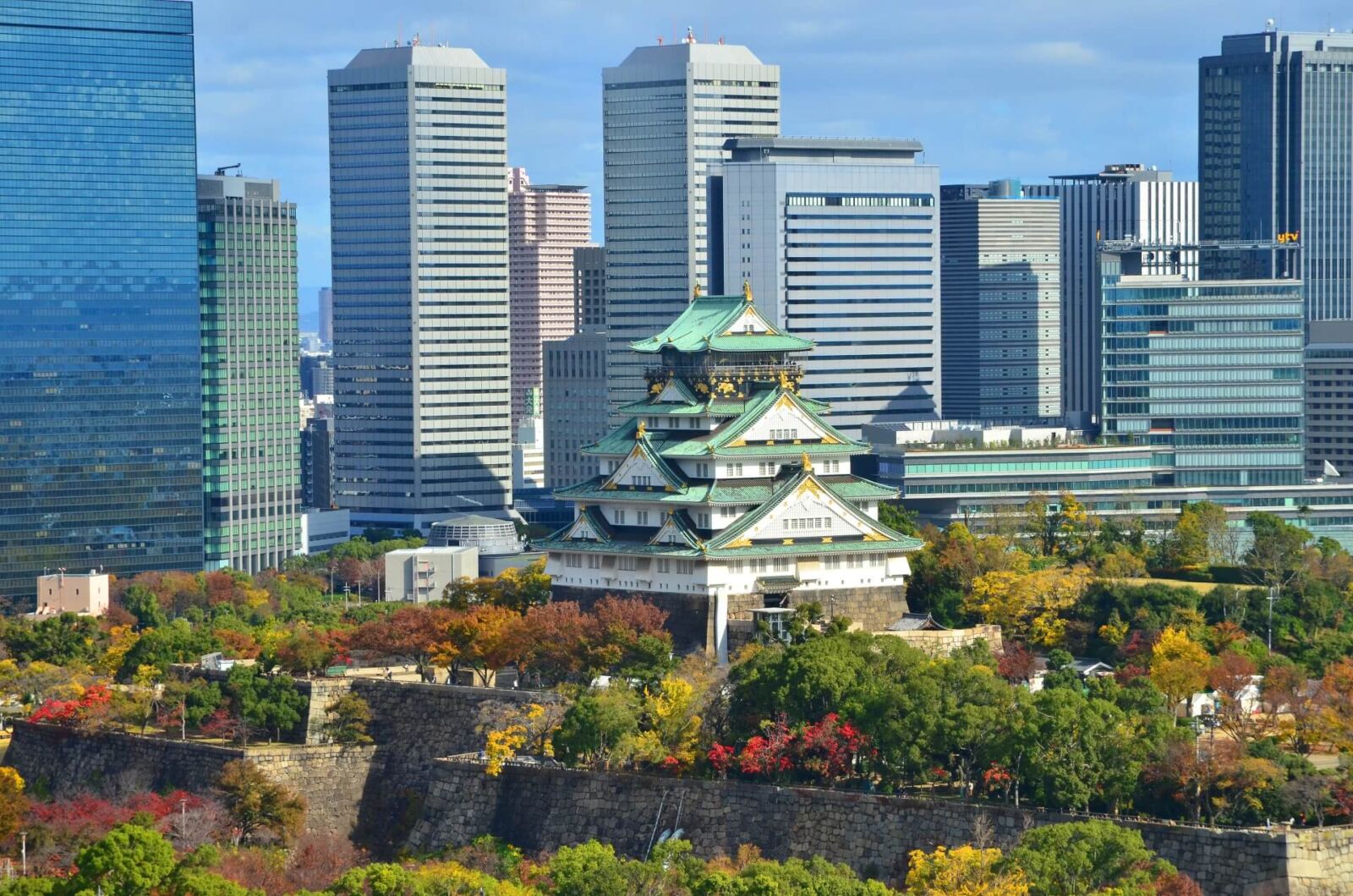
At the time of its construction in the late-16th century, Osaka Castle was the largest in Japan. Osaka Castle stood as the base of one of Japan’s great unifiers, Toyotomi Hideyoshi. Hideyoshi modeled Osaka Castle after Oda Nobunaga’s Azuchi Castle, but wished to surpass its greatness in every way. Thus the castle was guided with gold leaf both inside and out and featured an additional three extra floors underground.
The castle was destroyed during the Battle of Osaka in 1615 but was reconstructed five short years later in 1620, only to be destroyed once again—this time by lightning—in 1665. It was not until 1931 that the castle would be reconstructed again, miraculously surviving the heavy bombing of the second world war.

The entire structure of Osaka Castle is a reconstruction, with no original features inside, yet the castle remains as one of Osaka’s most iconic sights.
Himeji Castle
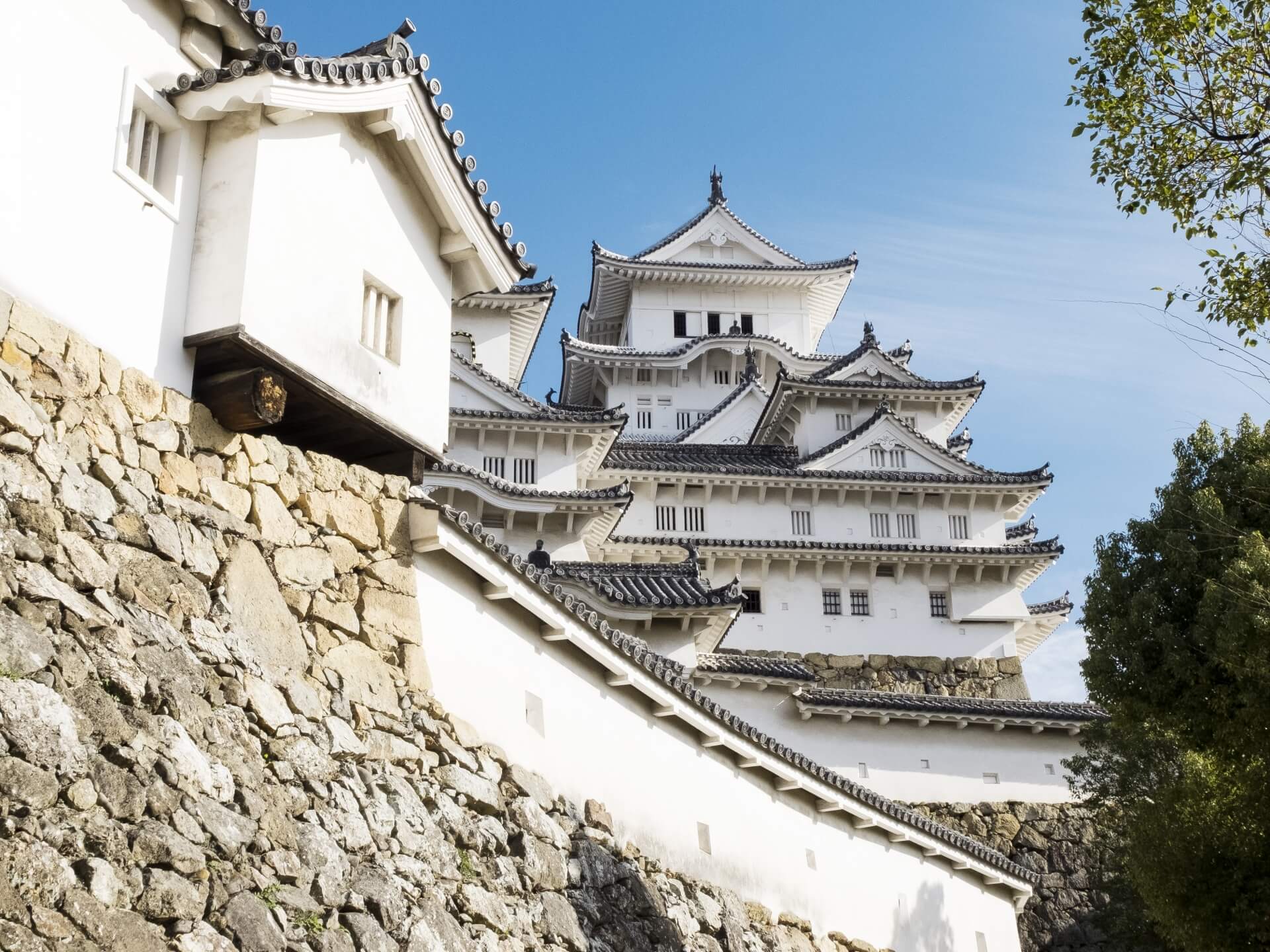
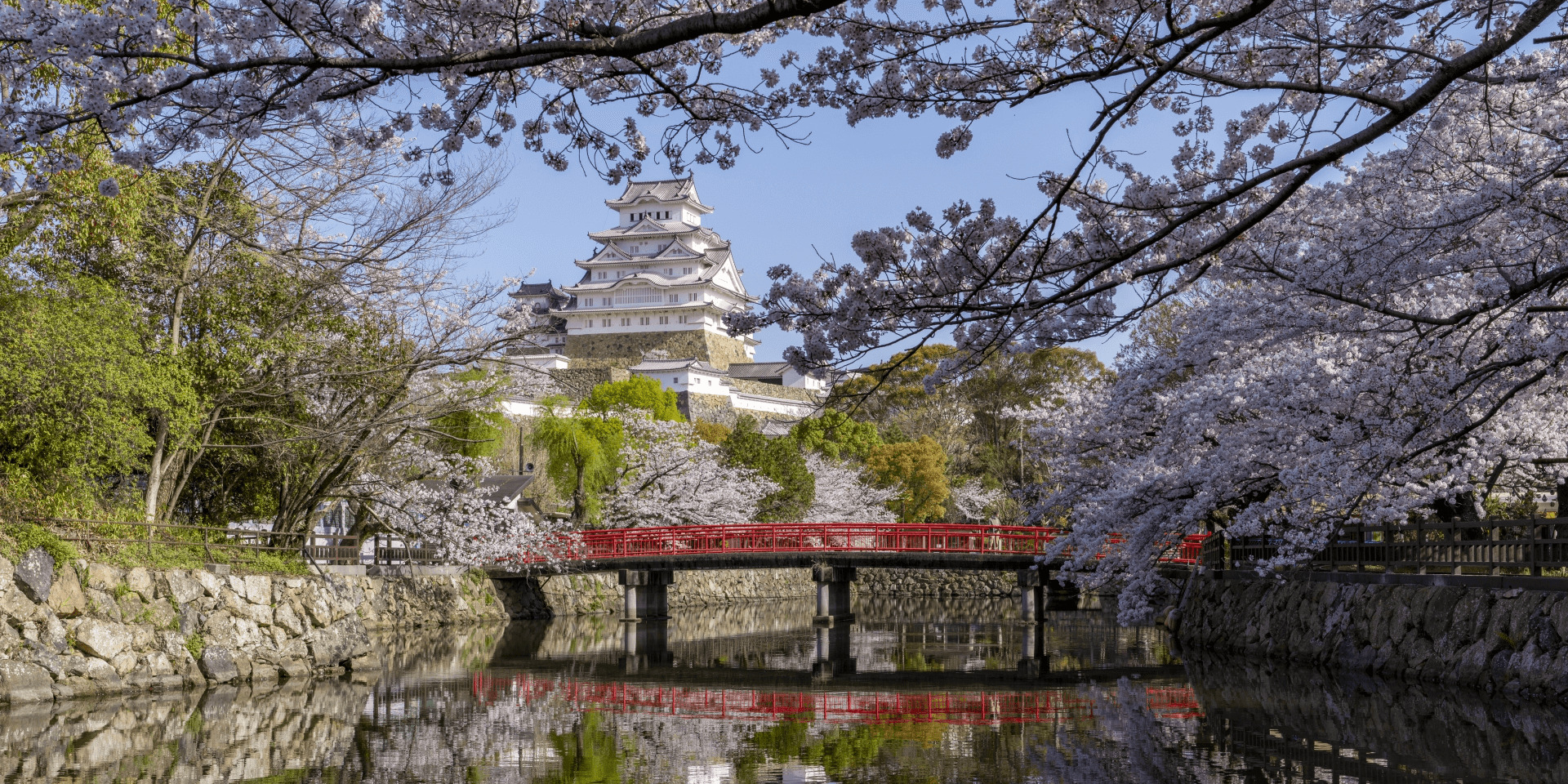
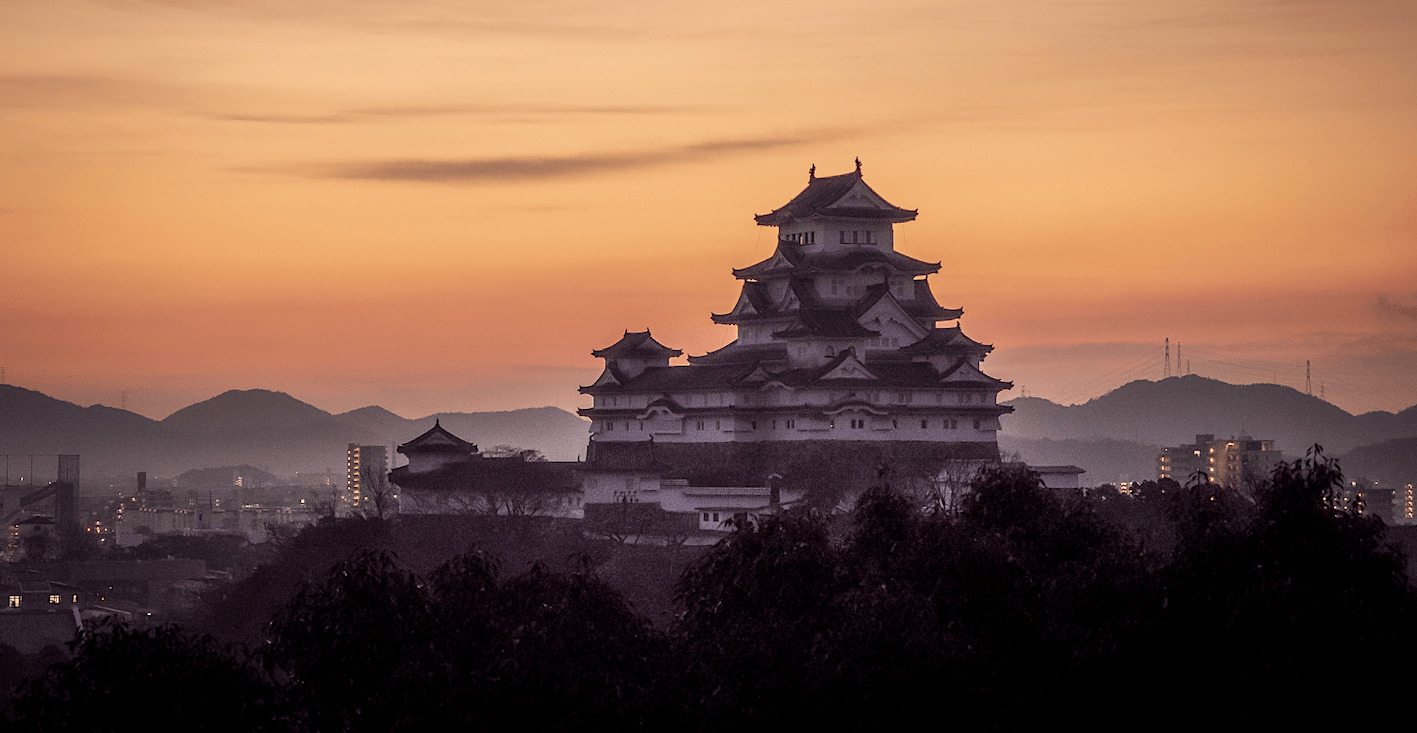
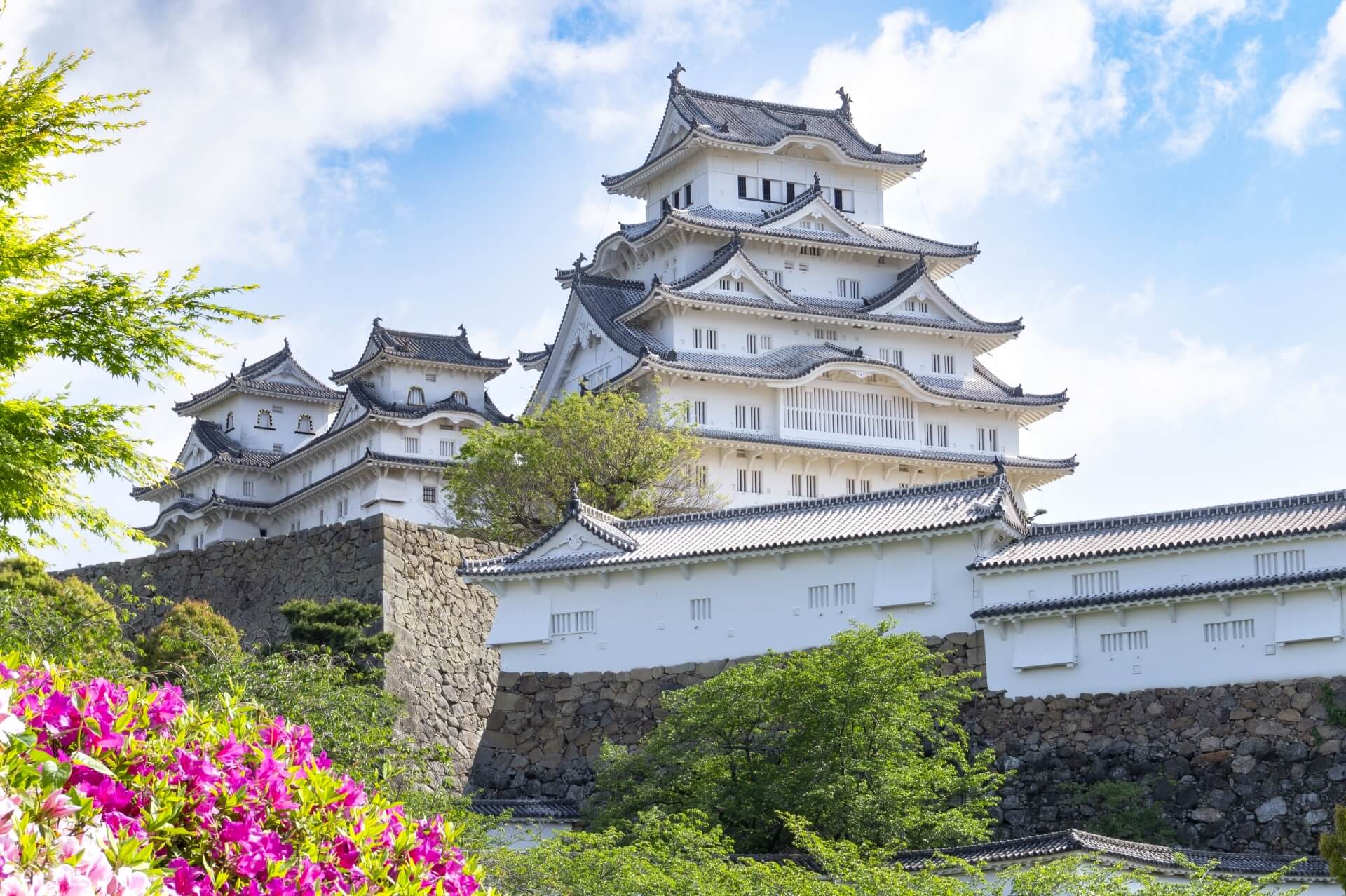
Himeji Castle was never destroyed by wars, earthquakes, or fire, and survives to this day as one of Japan’s original twelve castles. At over 2,200 square meters (24,000 square feet), Himeji Castle is the largest of the twelve remaining castles in Japan and was one of the first sites in Japan to be registered as a UNESCO World Heritage Site back in 1993. The use of white-painted plaster has earned the castle the nickname “White Egret Castle” and its unique design has made it one of the most visited castles in Japan.
Constructed in 1609, the castle went up for auction during the Meiji Era. It was purchased by a local Himeji citizen for about 23 yen (~200,000JPY today) and was saved from demolition because the new owner ran out of the funds he planned to use for redevelopment.
1-Day Walking Tour in Himeji : Castle, Garden and Aizome (Indigo Dyeing)
- Spots:
- Pick-up:
- Drop-off:
Bonus: Two Must-See Castle Ruins in Japan
Though the castles are long gone, castle ruins can make excellent destinations for adventurous and history-loving travelers. These two castle ruins are located in the beautiful Kiso Valley in Central Japan. Easily accessible from Nagoya, the ruins make for wonderful day trips for those looking to escape the crowds of the city and step into a region seemingly frozen in time.
Naegi Castle Ruins
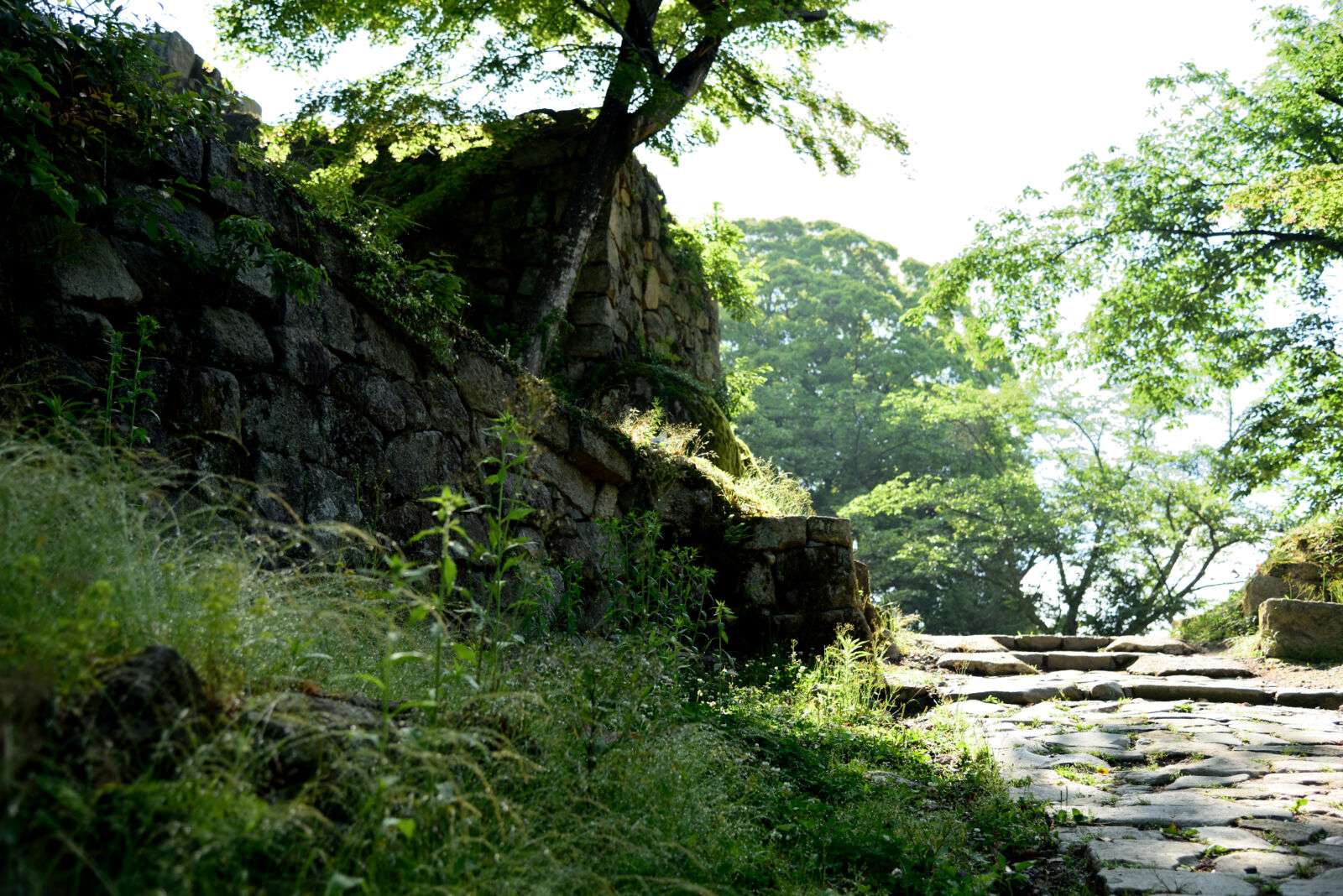
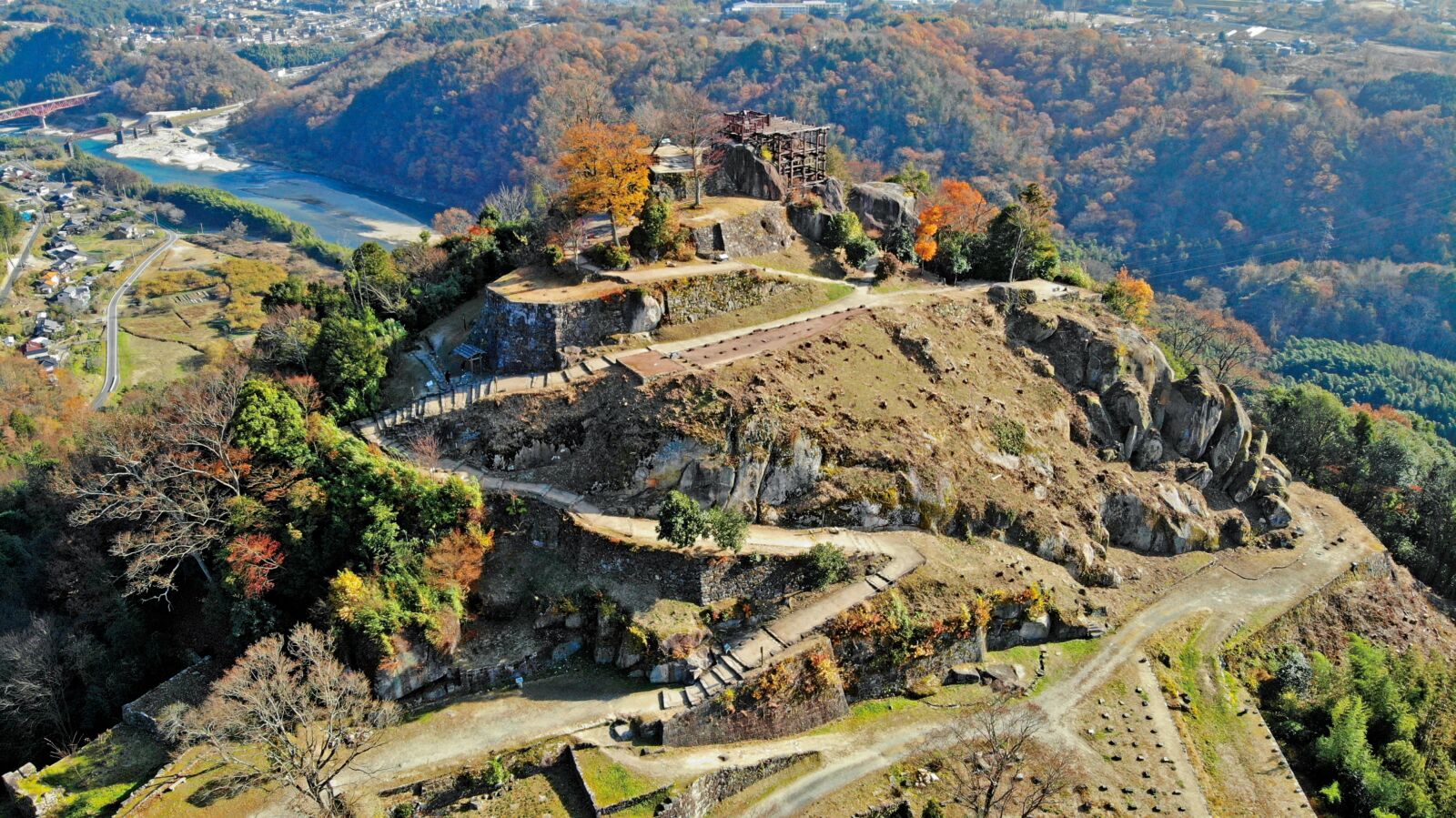

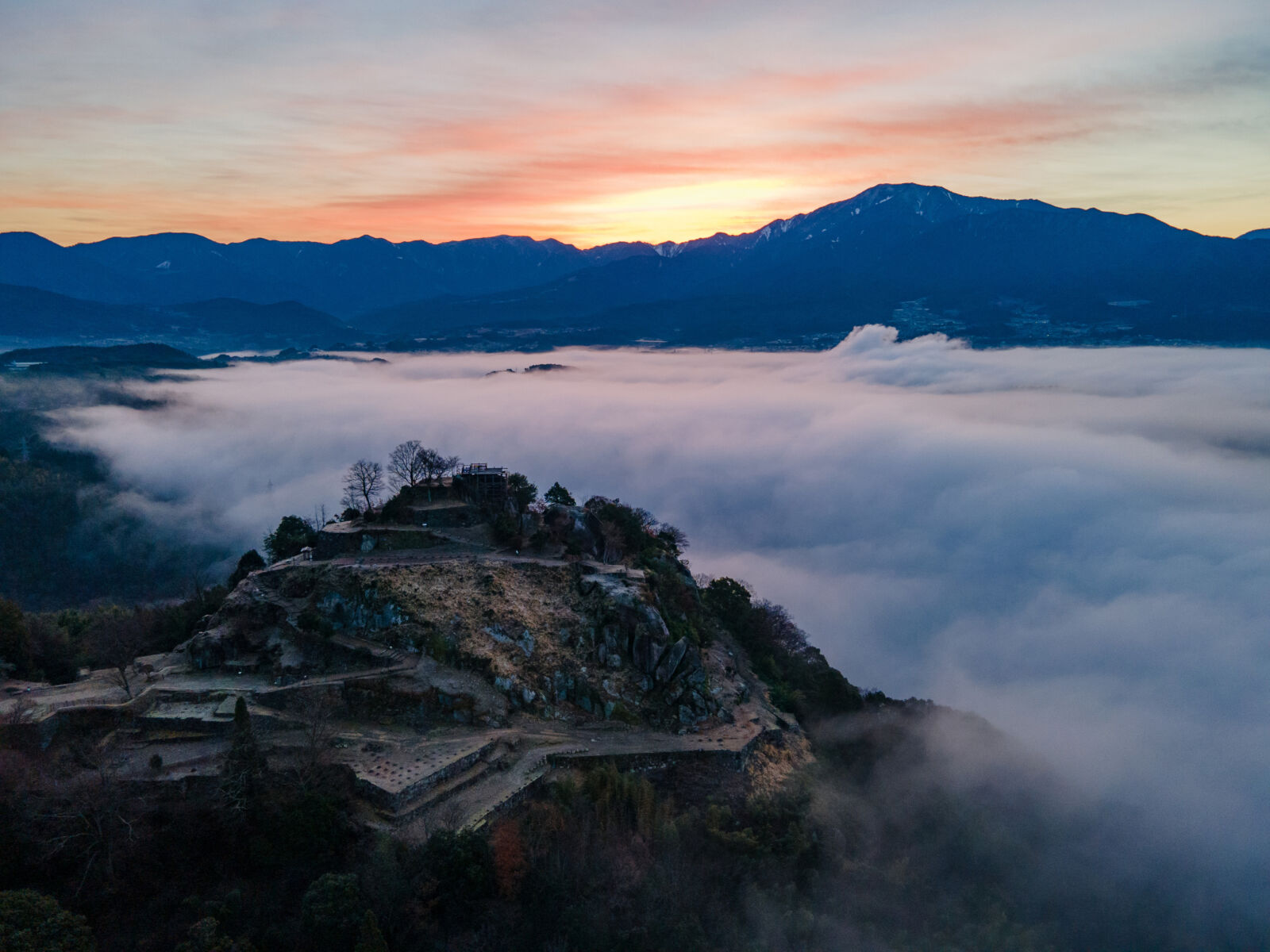
Naegi Castle was constructed over 400 years ago and sits 432 meters above the beautiful Kiso River in Gifu Prefecture. Like many castles throughout Japan, Naegi castle was dismantled in 1871 during the Meiji Era as a symbol of the end of the feudal system of government. Today, all that remains are the impressive stone foundations atop Mt. Takamori.
Though little more than ruins remain of this impressive structure, the natural and man made foundation stones combine to give these castle ruins a truly unique and impressive appearance, earning Naegi Castle the nickname of “the Machu Picchu of the East.”
Iwamura Castle Town
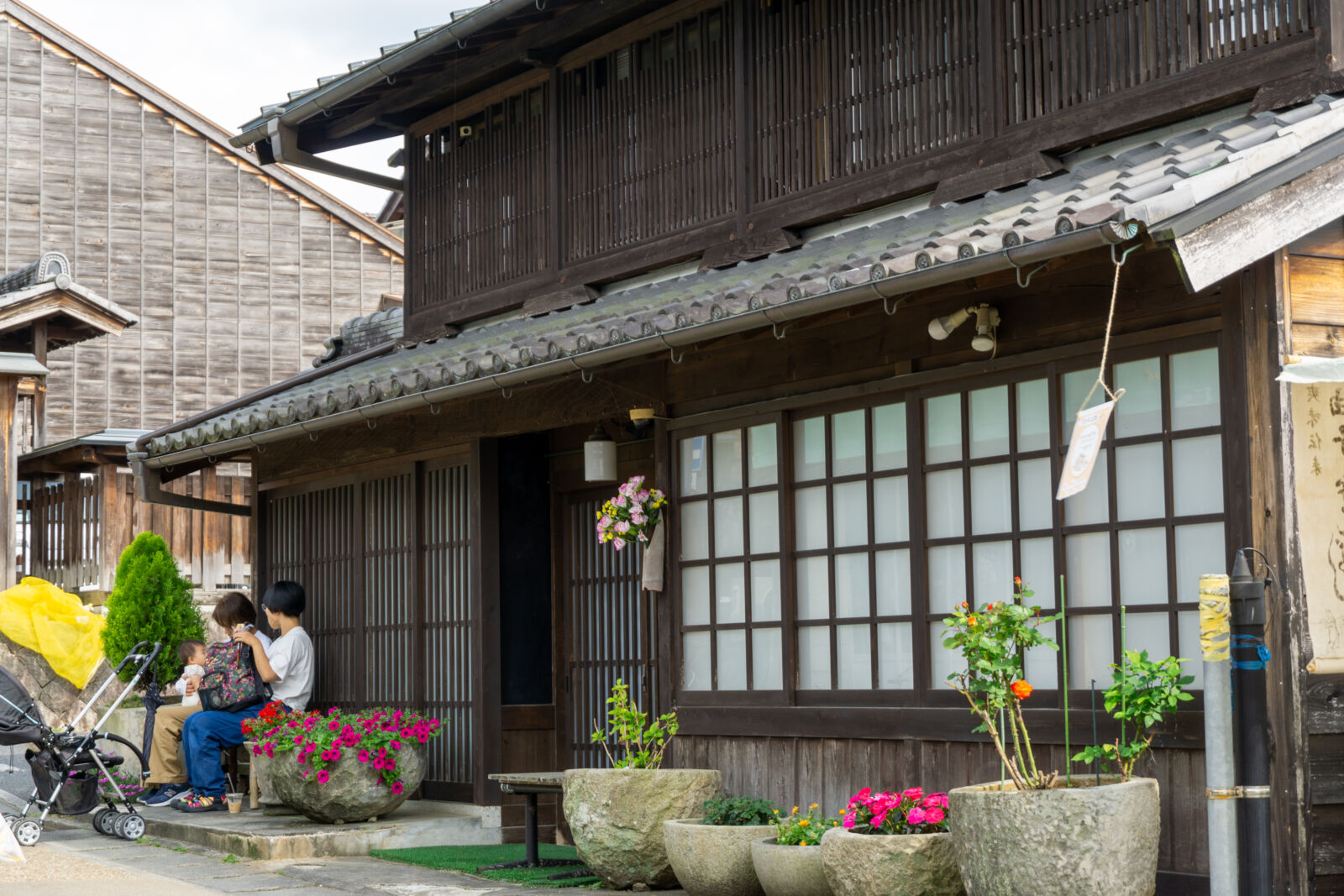
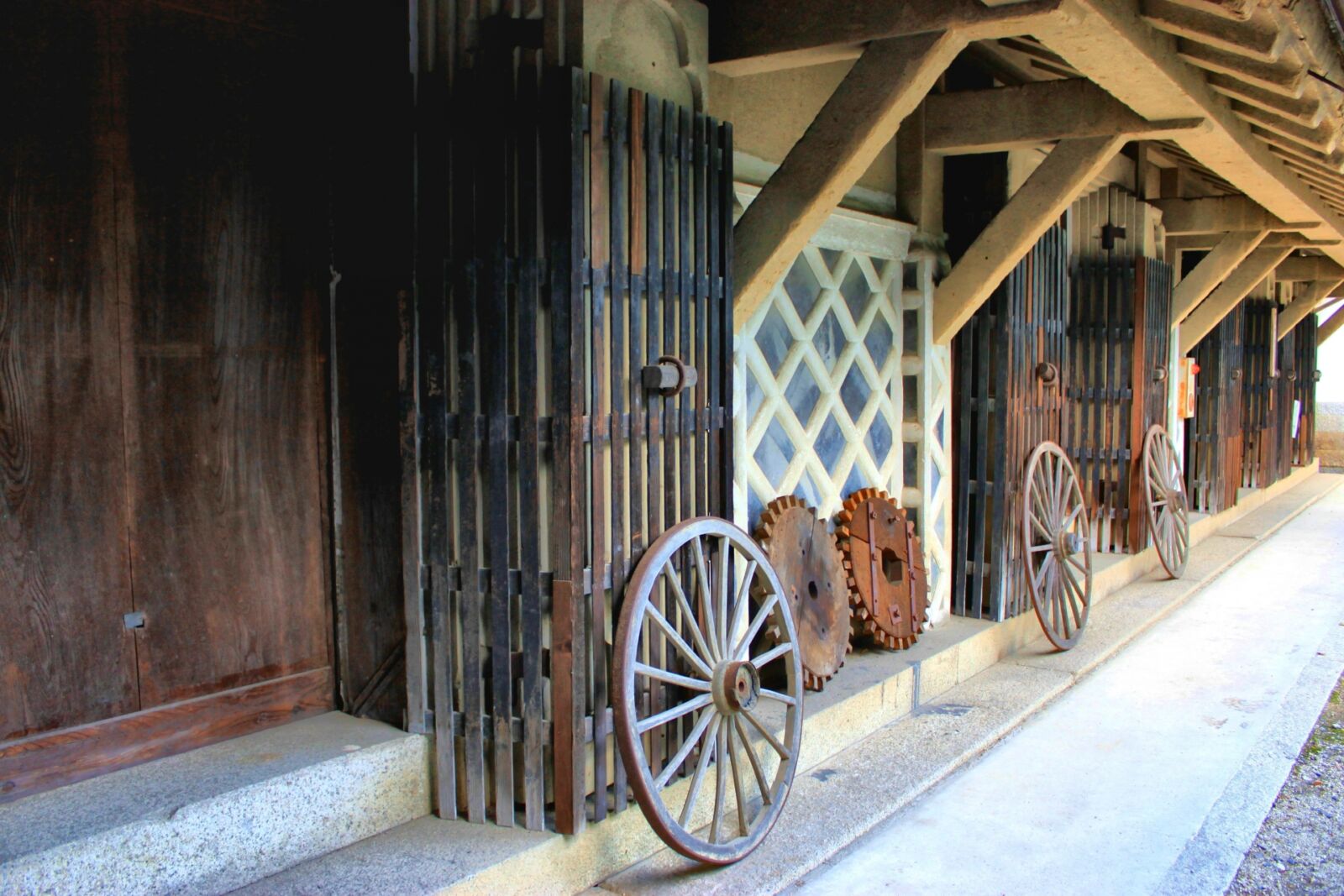
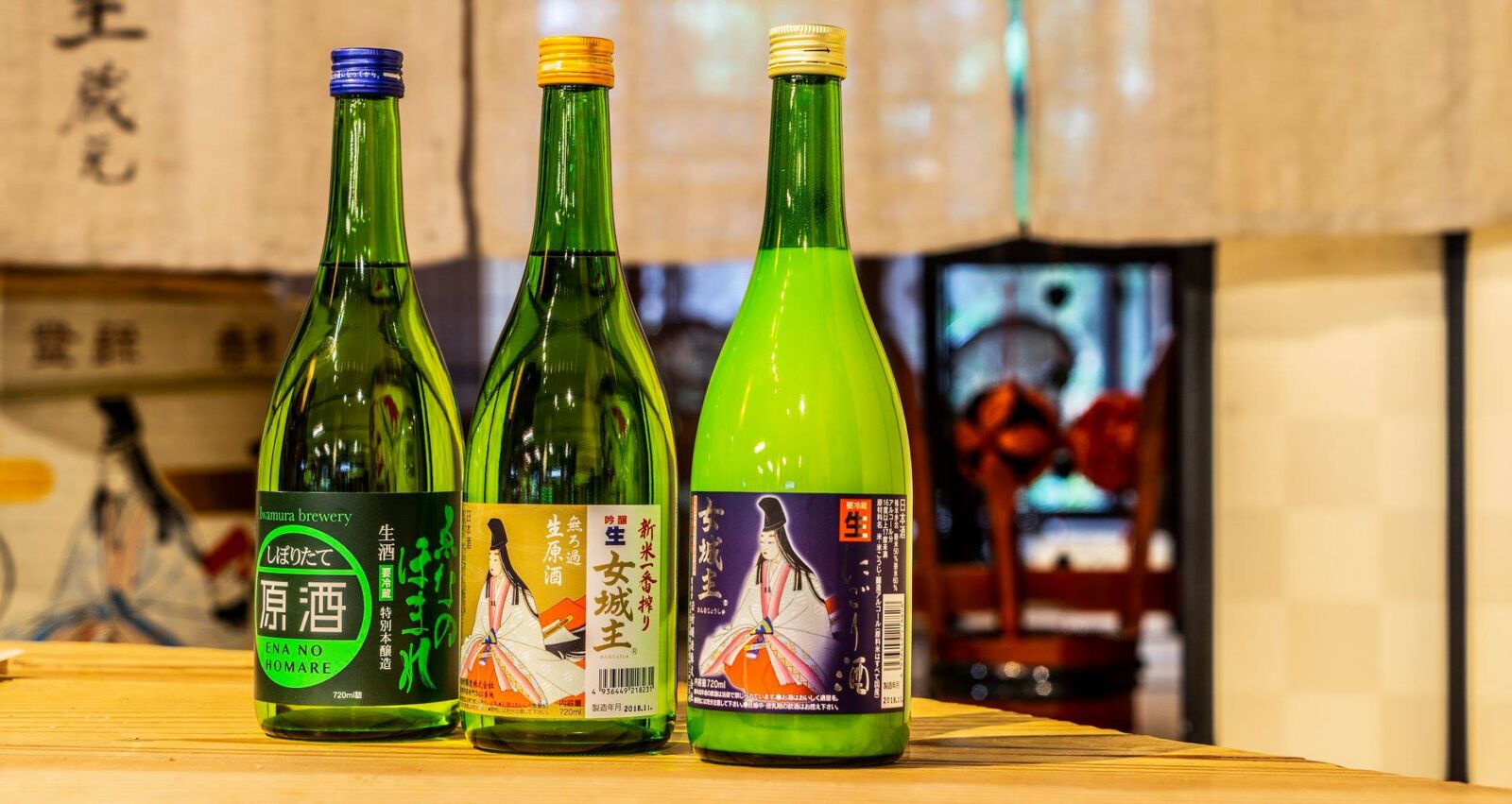
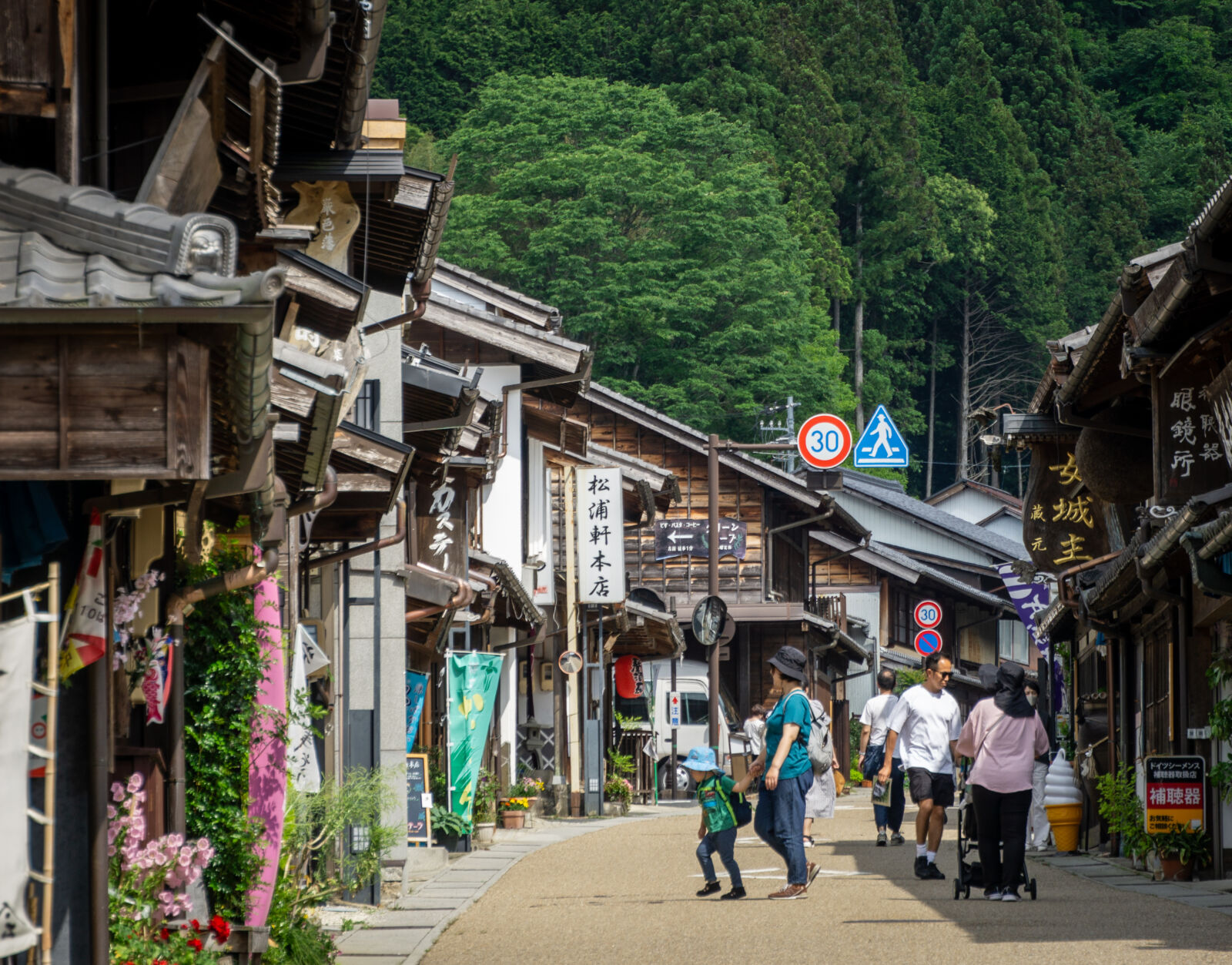
Though long gone, Iwamura Castle was once the highest mountain castle in all of Japan—located at 717m above sea level. Nicknamed the “Misty Castle,” the castle stood for over 700 years from the time of its construction during the Warring States Period until the government ordered its destruction at the start of the Meiji Era.
Located deep within the Kiso Mountains of Gifu, the well-preserved castle town of Iwamura provides travelers with an image of ages past. Standing as one of the most culturally significant preservation districts in Japan—3rd in Gifu after Takayama and Shirakawa-go—this historical village remains relatively unchanged since the Edo Era.
[START FROM NAGOYA] Rural Japan in Magome & the Kiso Valley Private Tour
- Spots:
- Pick-up:
- Drop-off:
How to Experience Japan's Castles Like a Local
For those interested in traveling to any of the locations listed on this page, we can arrange both private tours with an English-speaking guide or a private charter to these locations. With door-to-door service, we can pick you up from where you are and take you to where you want to go anywhere in Central Japan and the neighboring regions.
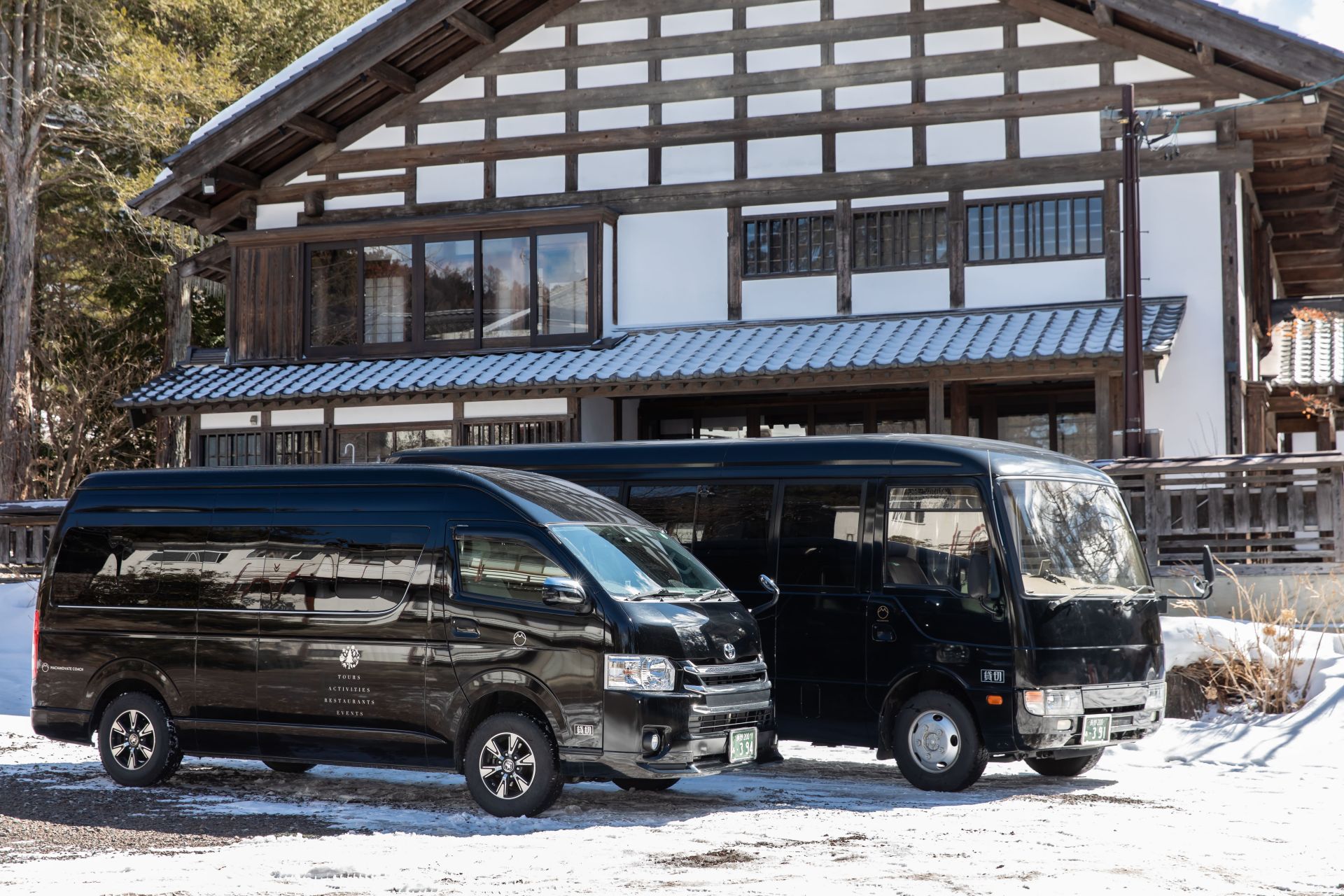
Our drivers and vehicles are fully certified, allowing us to transport you to and from your preferred destinations in combination with any activity that suits your schedule. All vehicles are well-maintained and in good condition, allowing you to relax and enjoy your ride to wherever you are going.
For more information, please click HERE to check availability and pricing for your trip. We’d love to be part of your adventure in Central Japan and help you discover even more!














